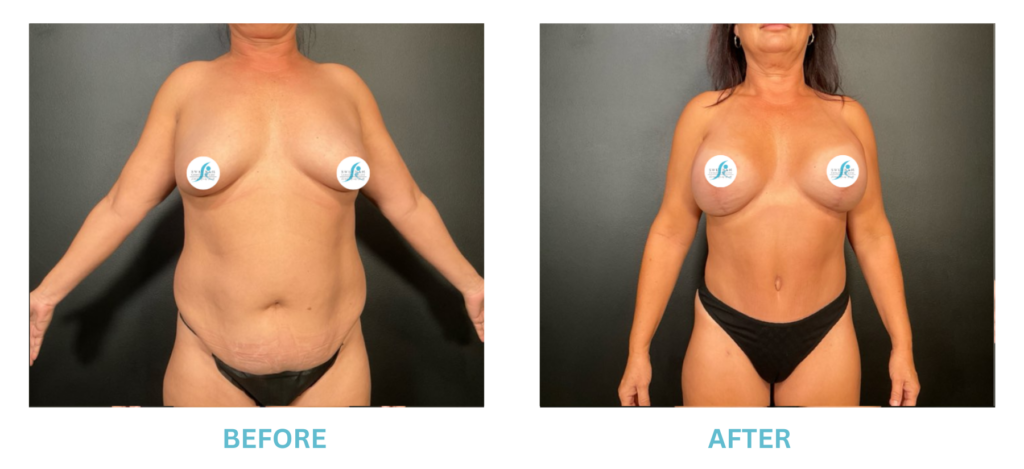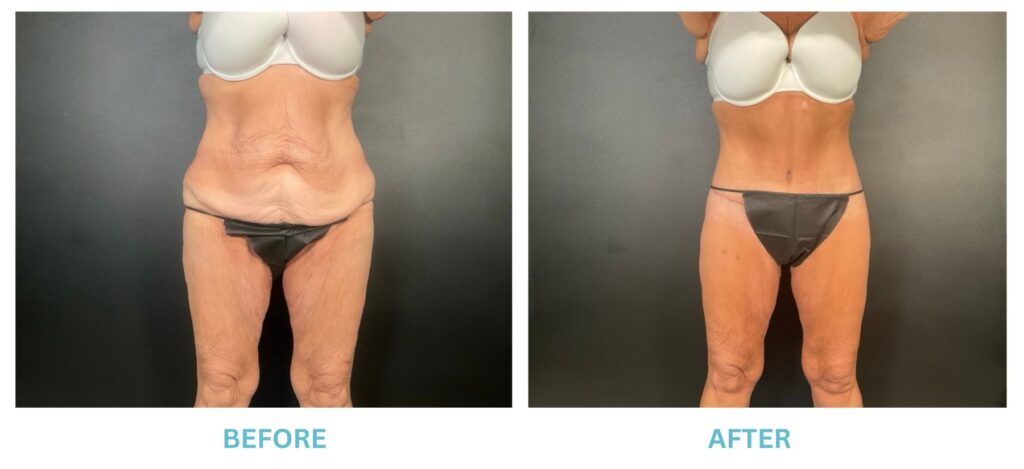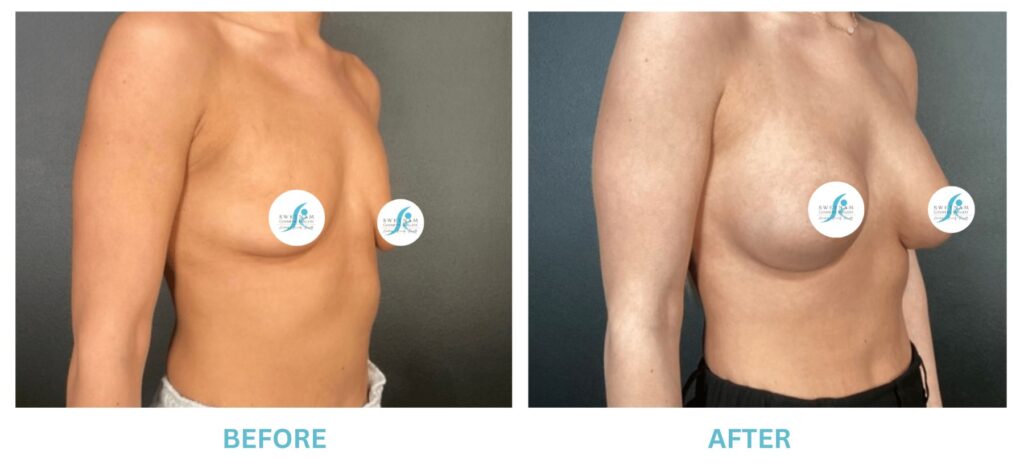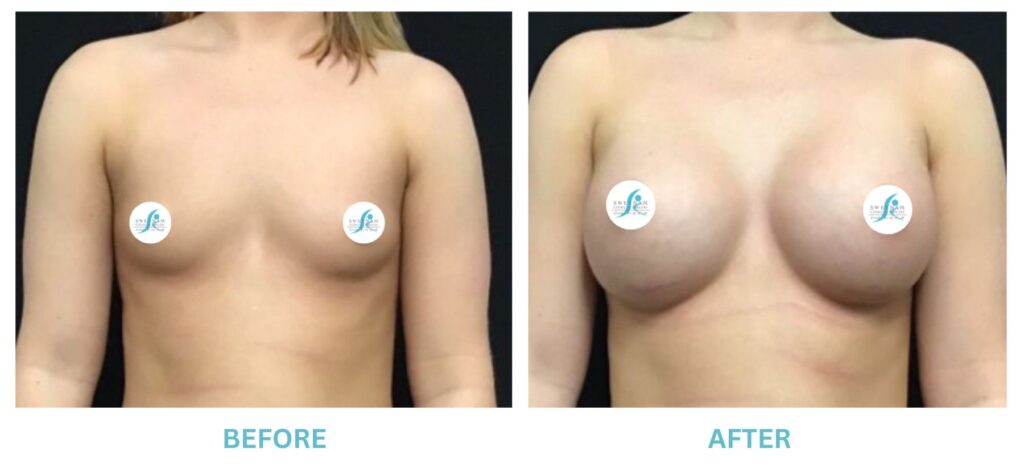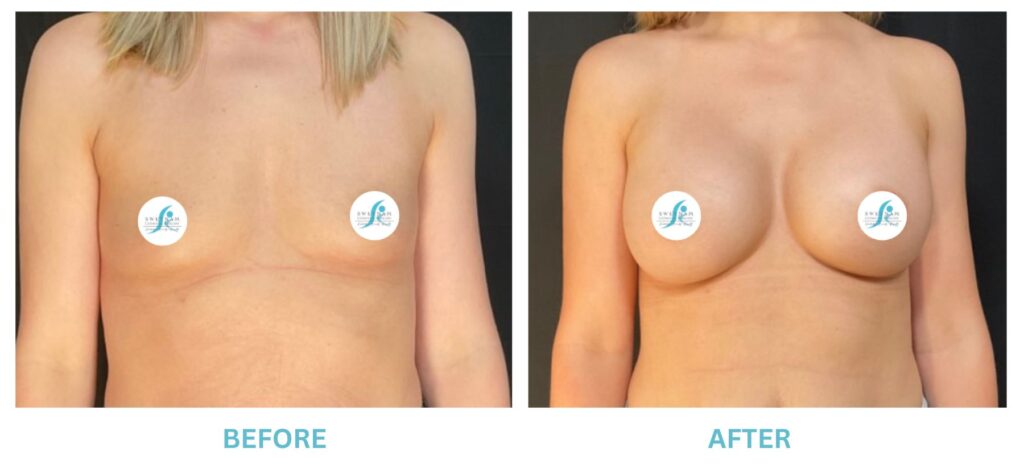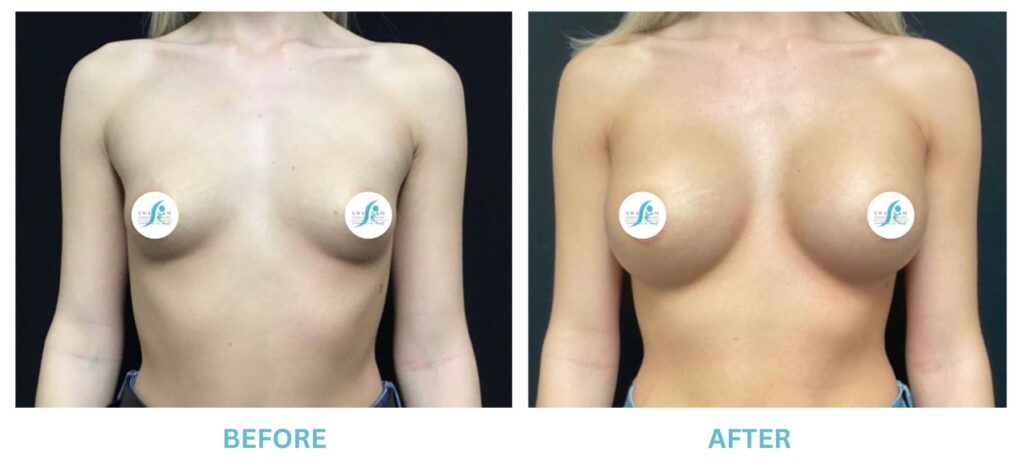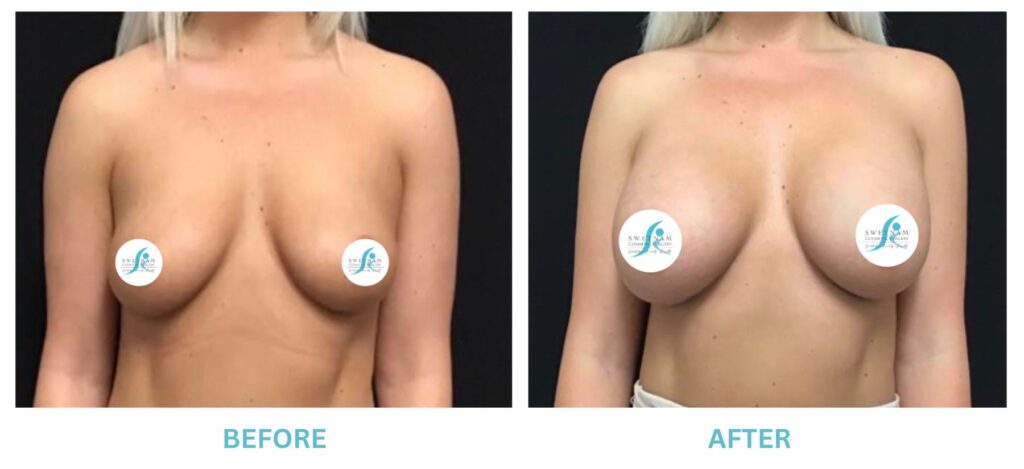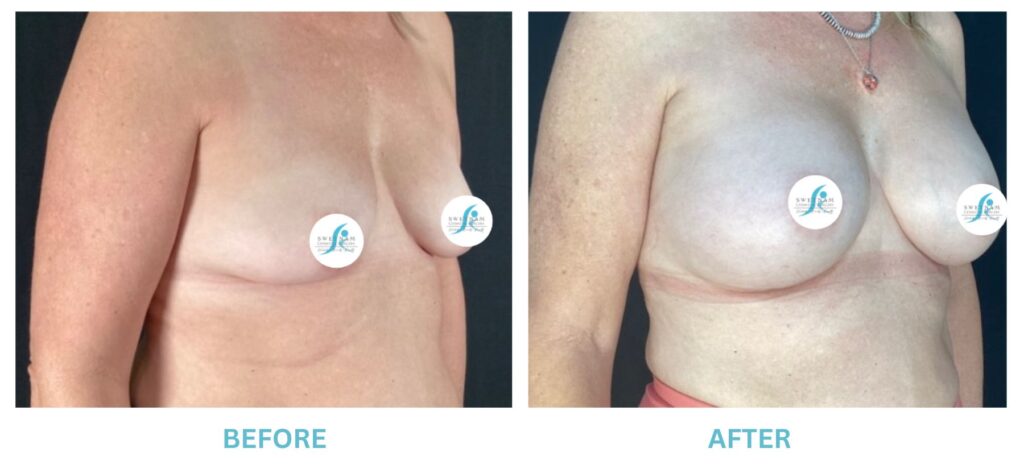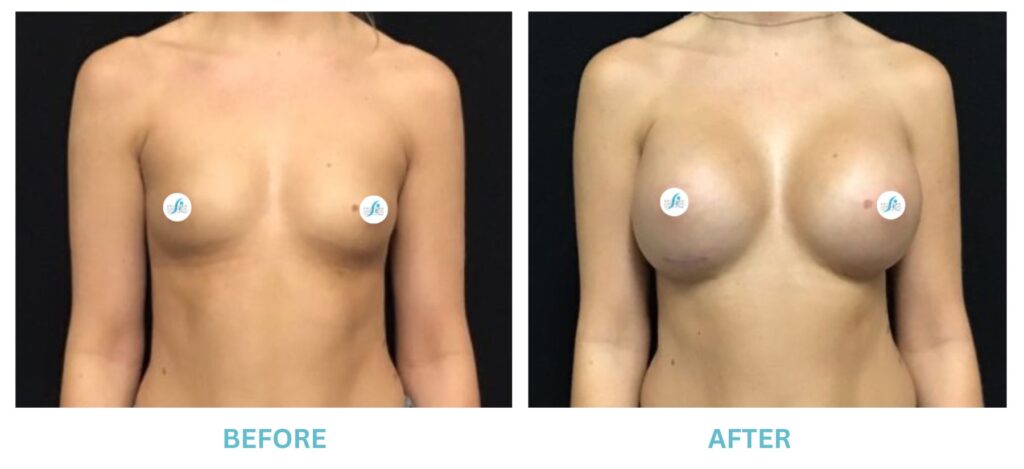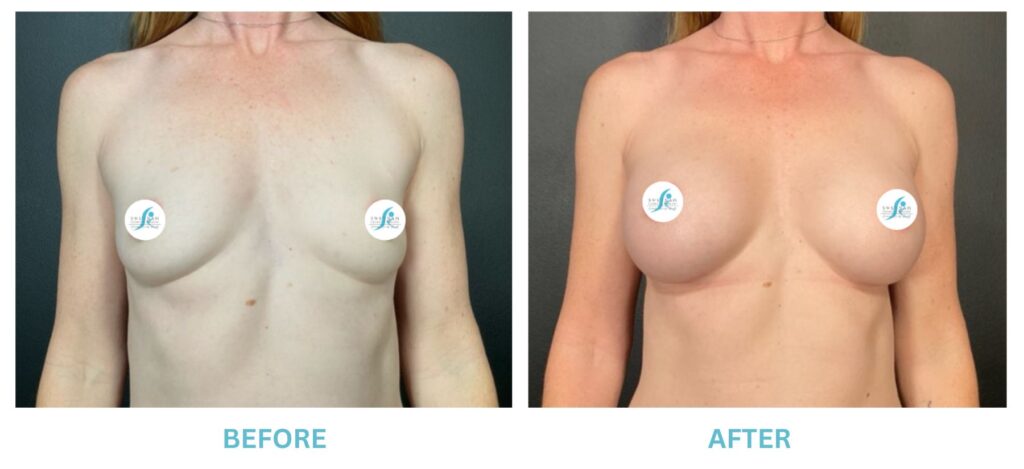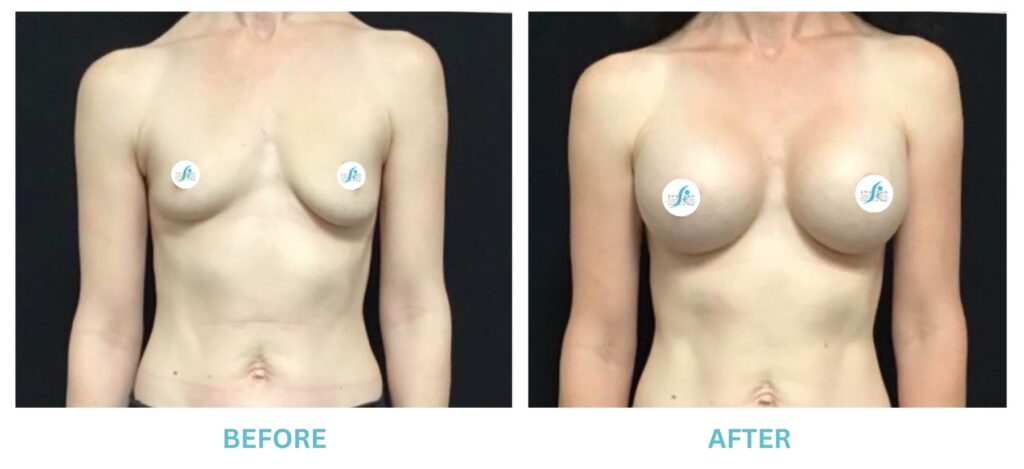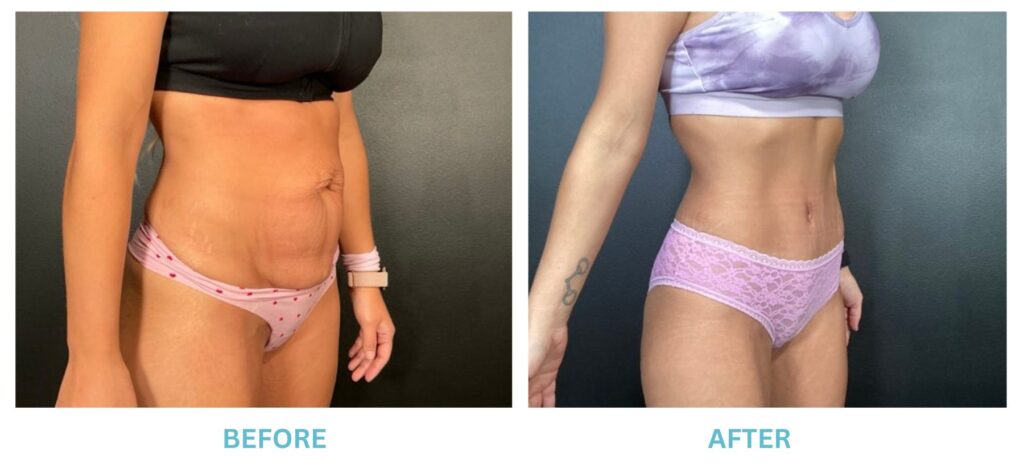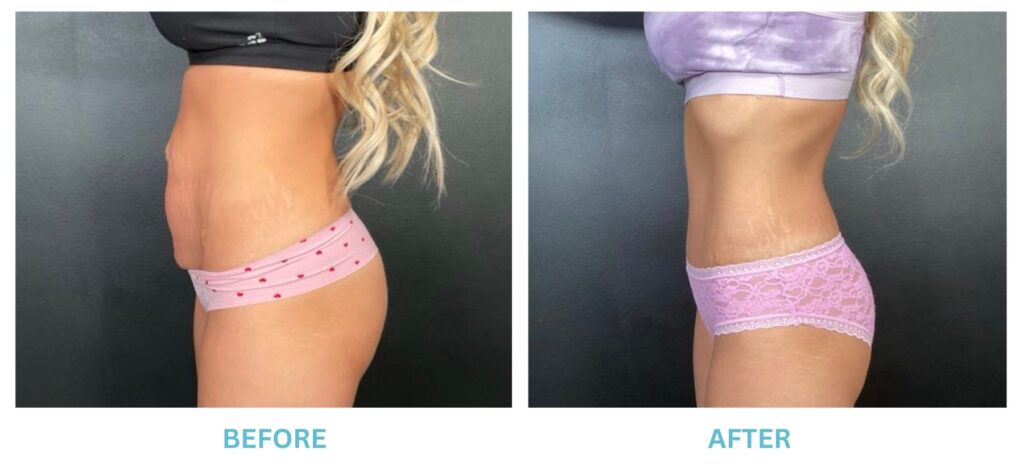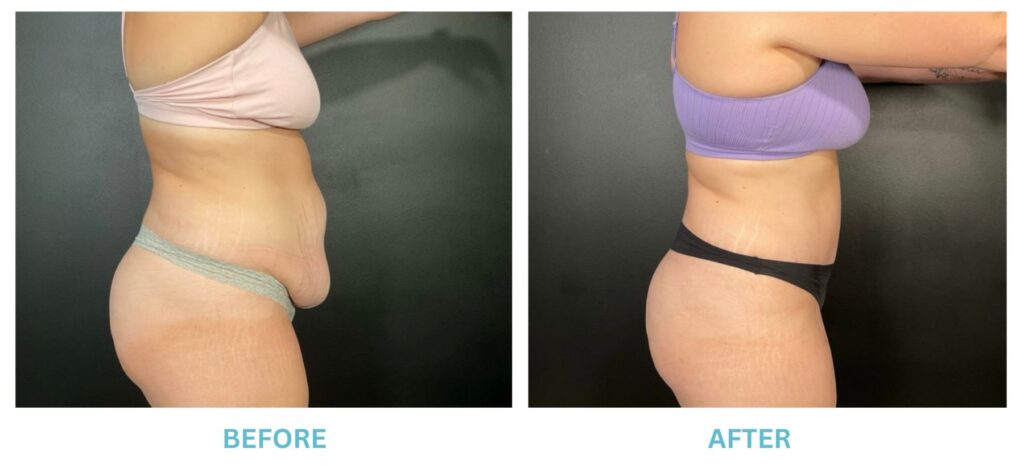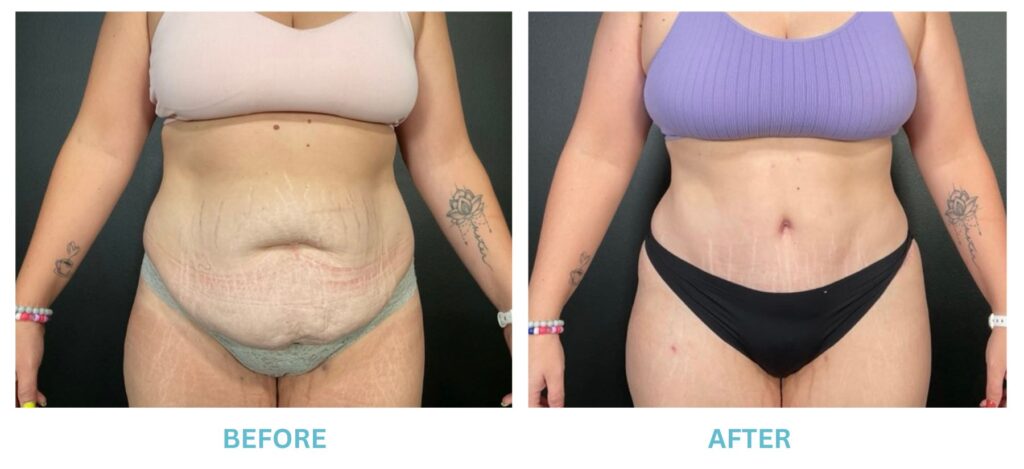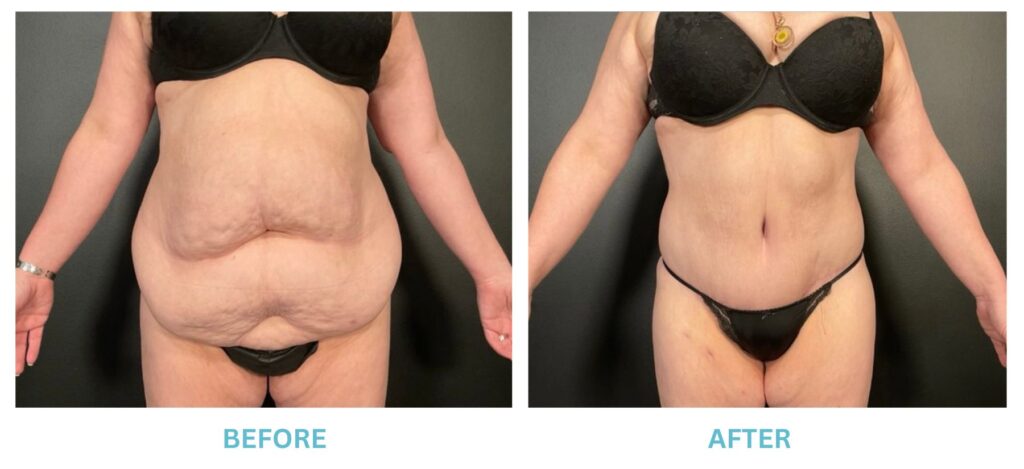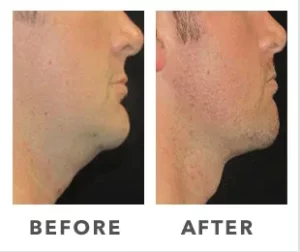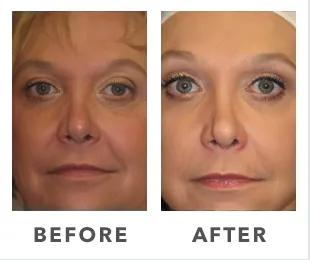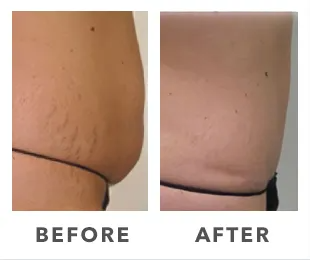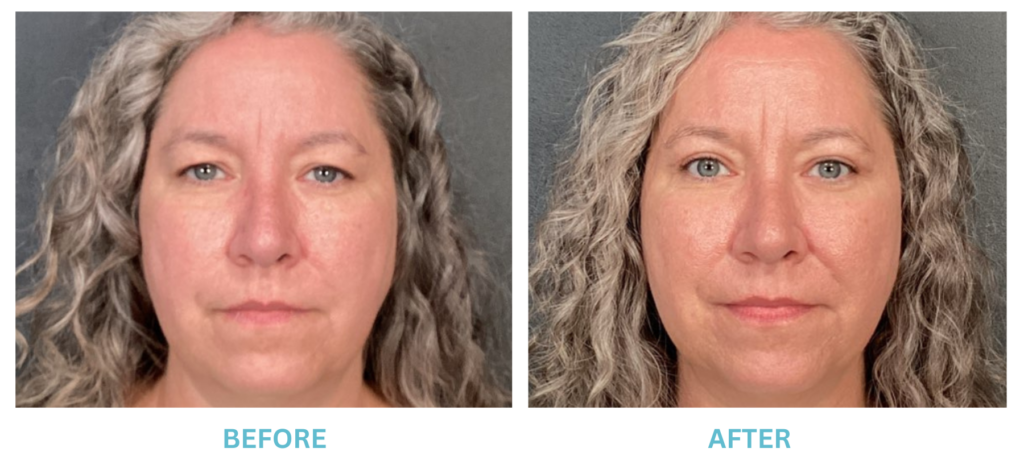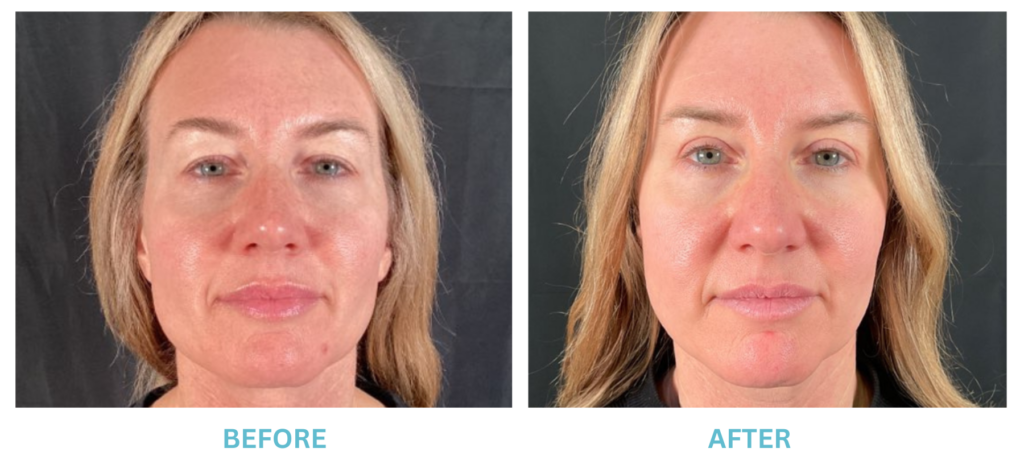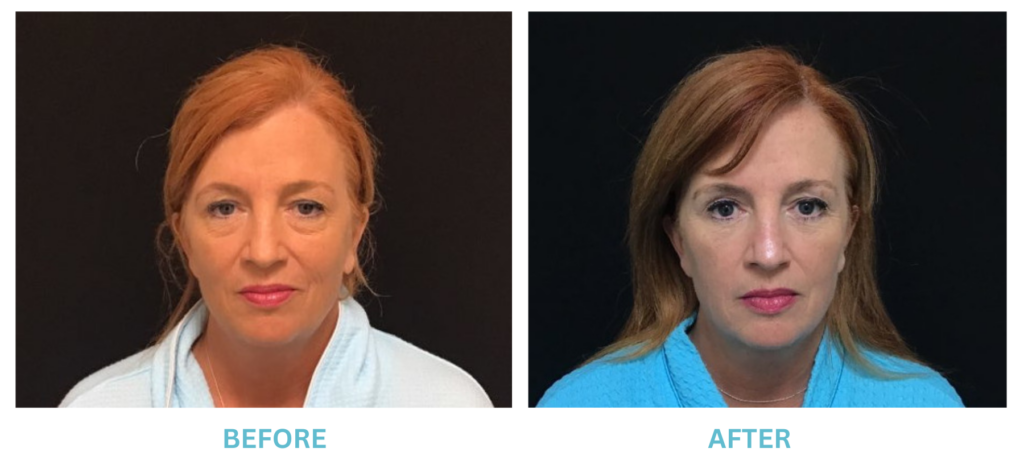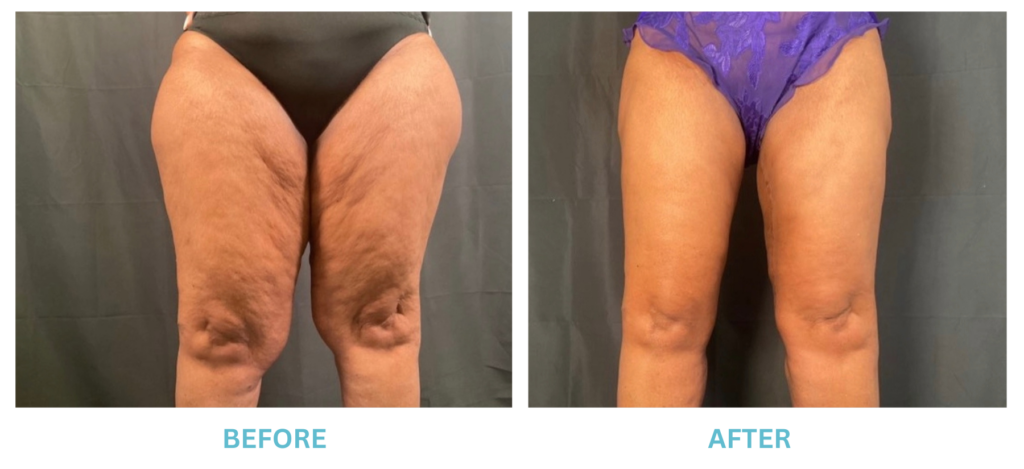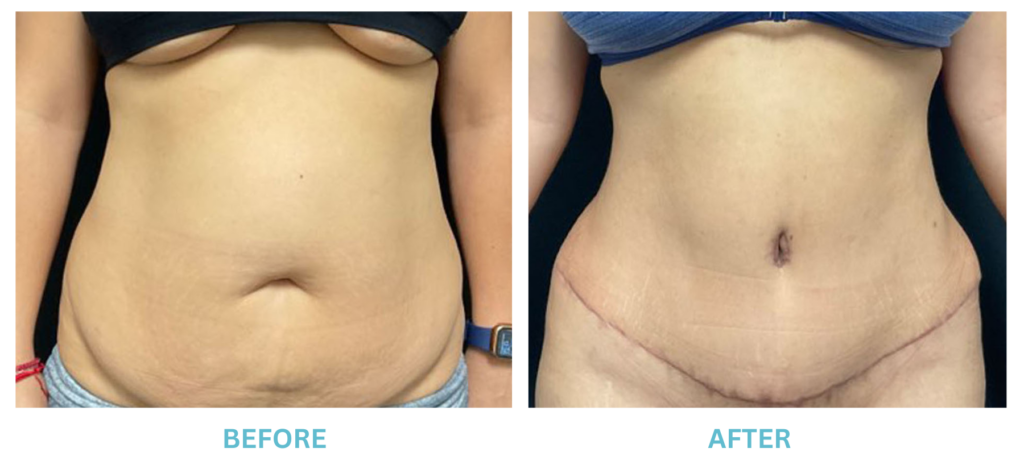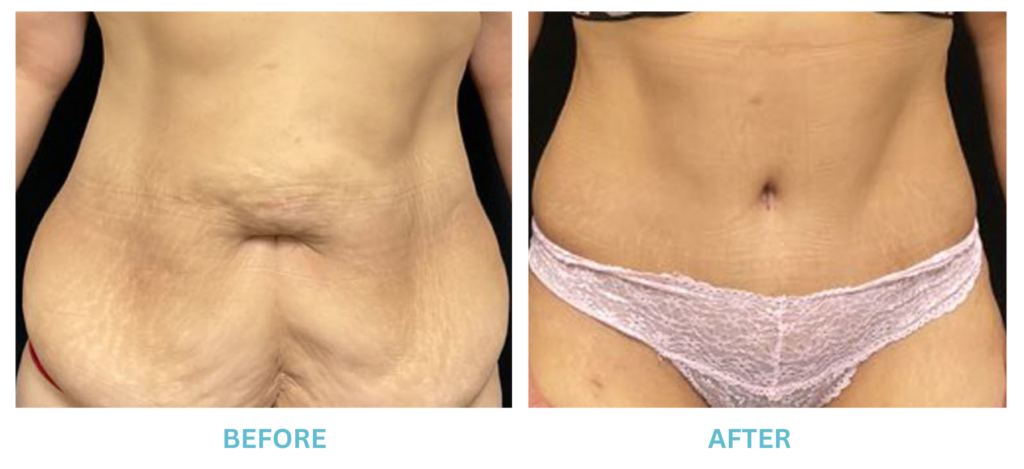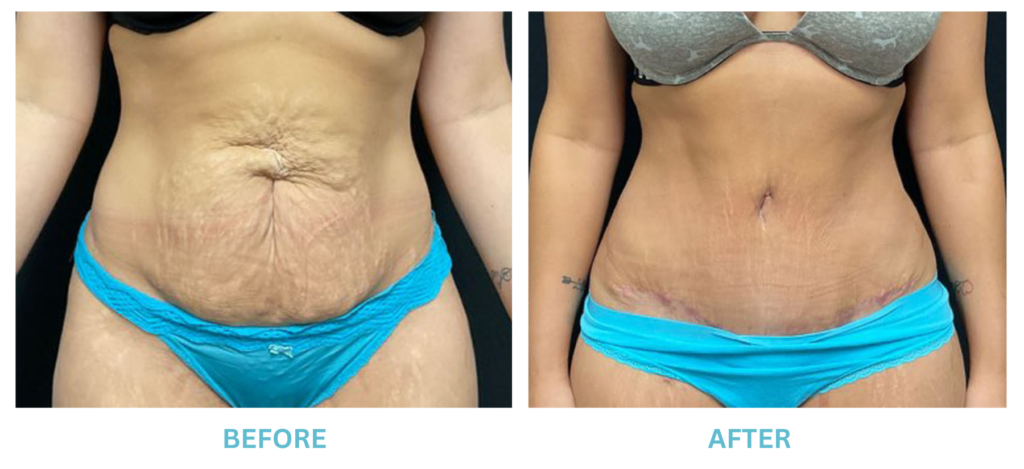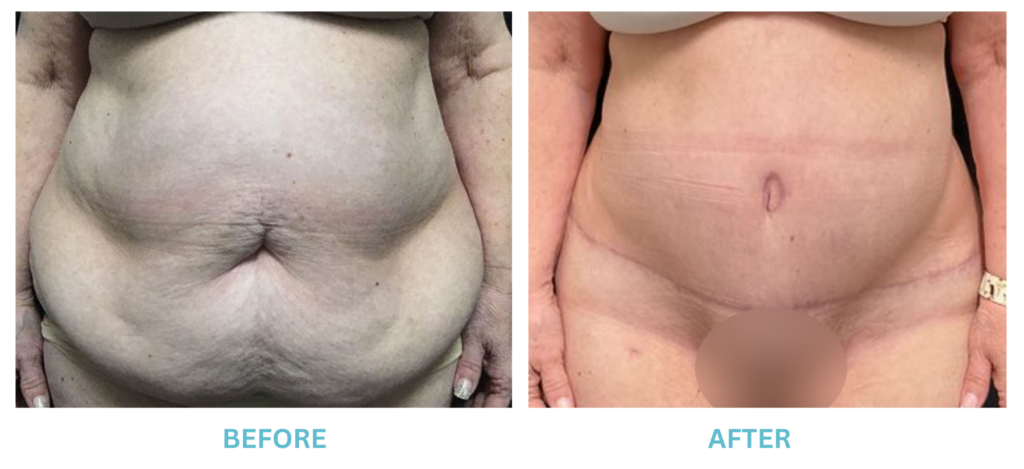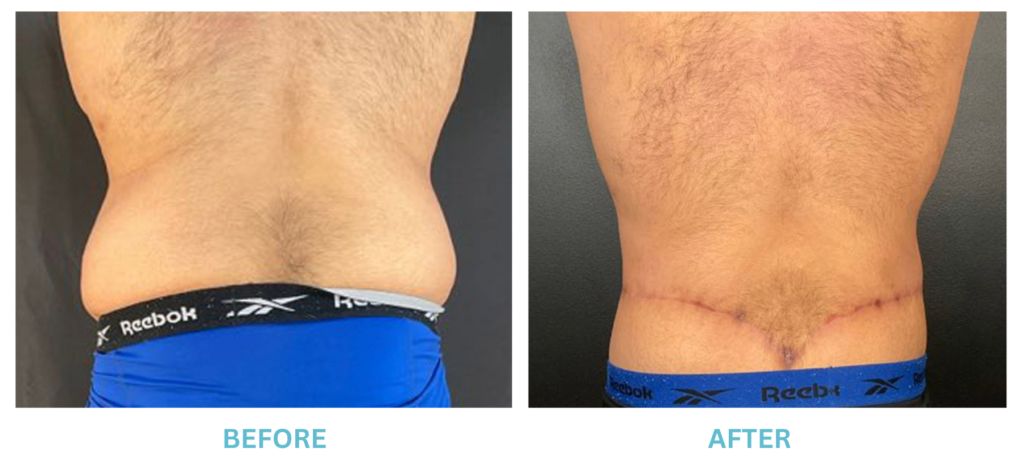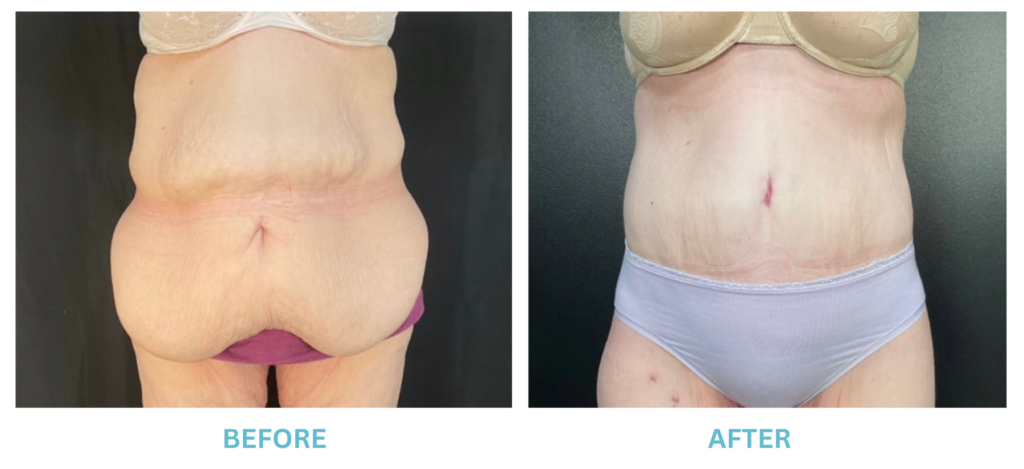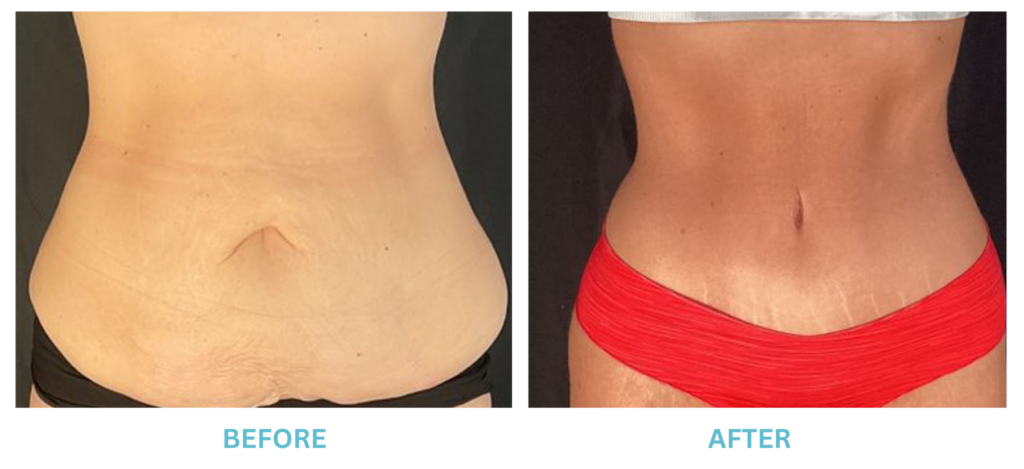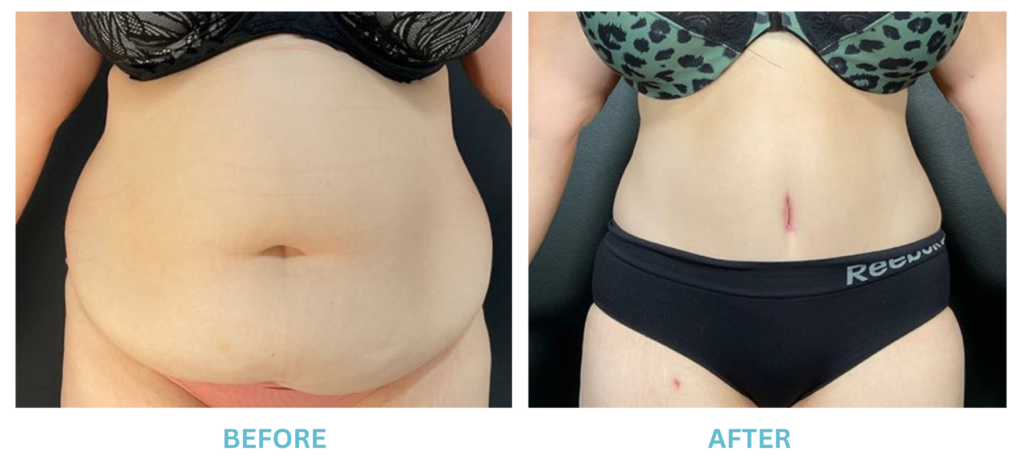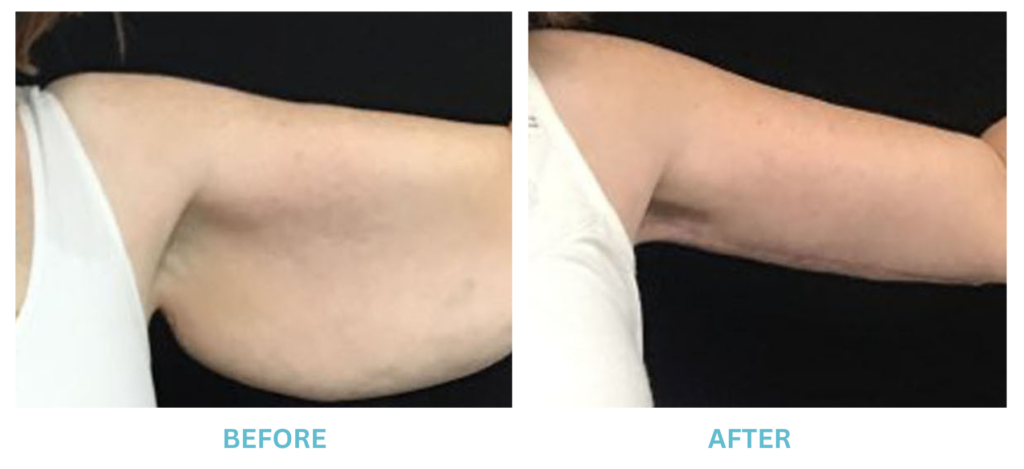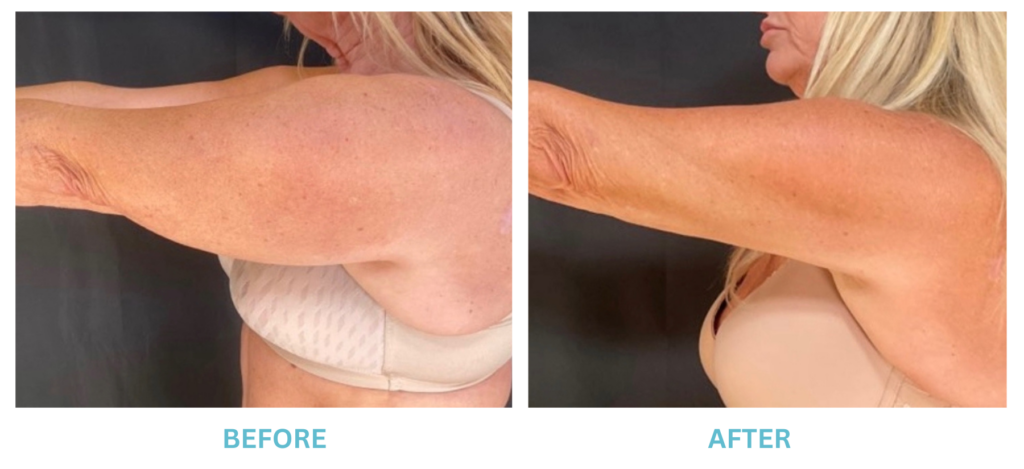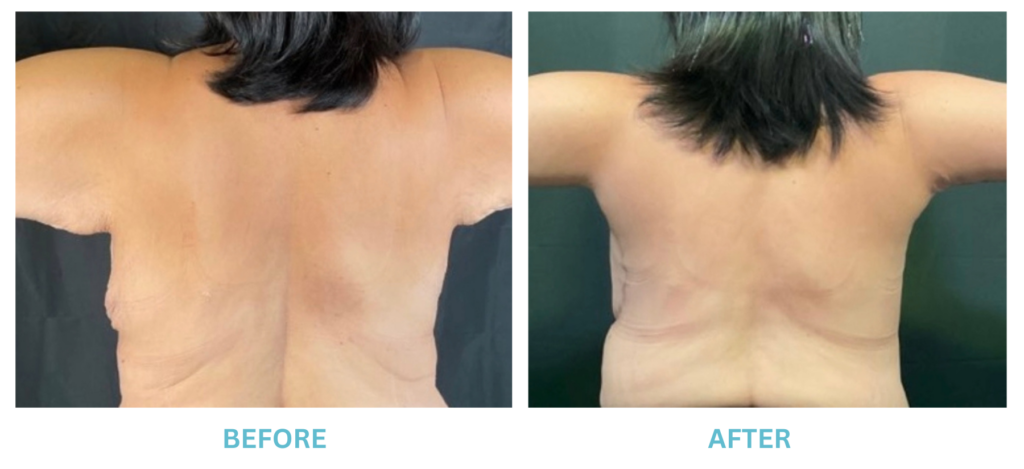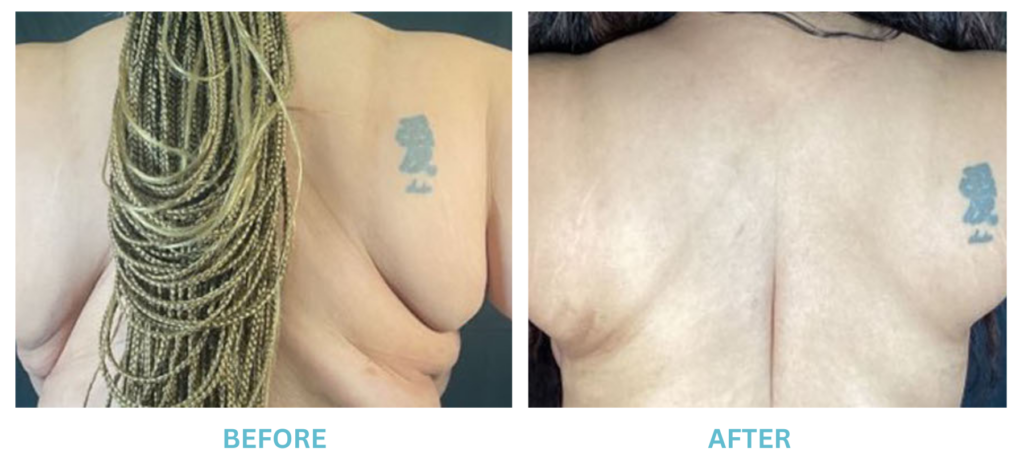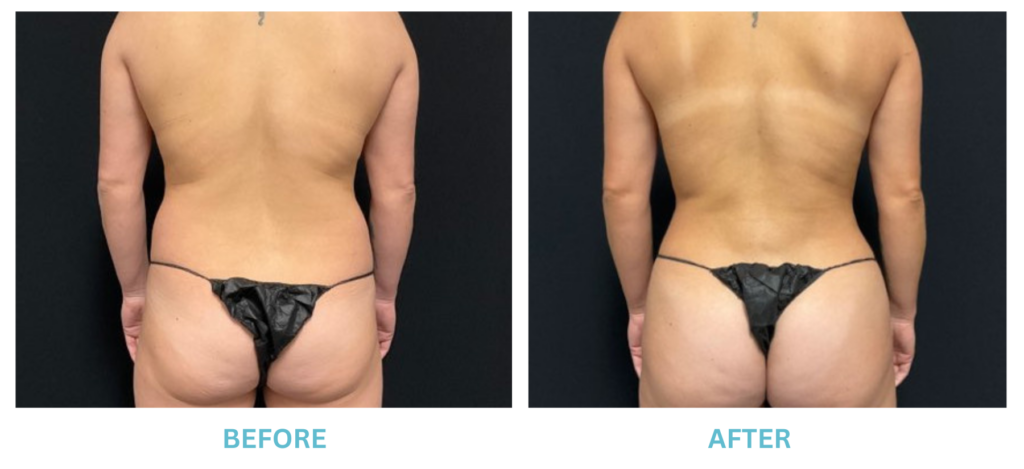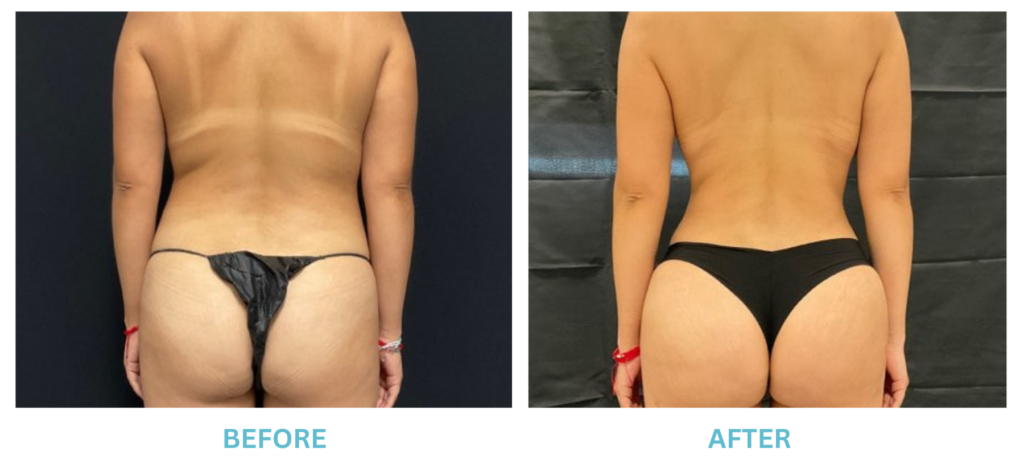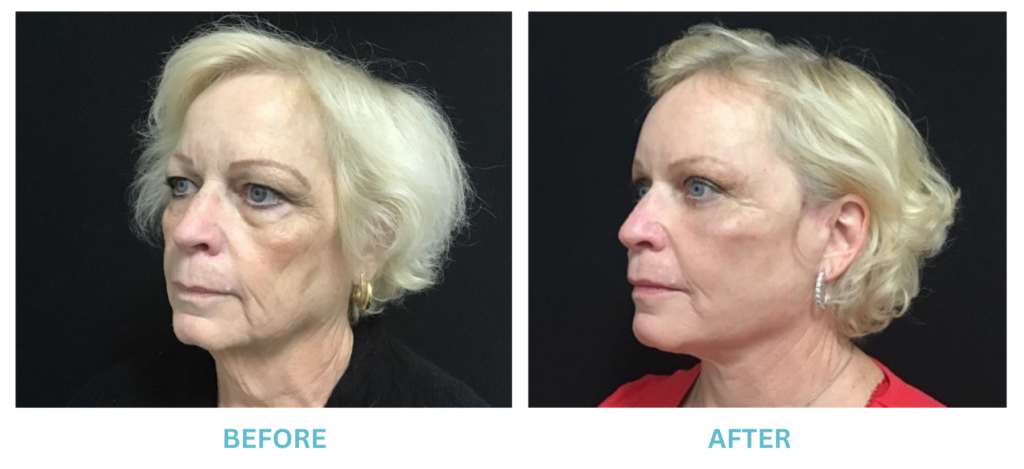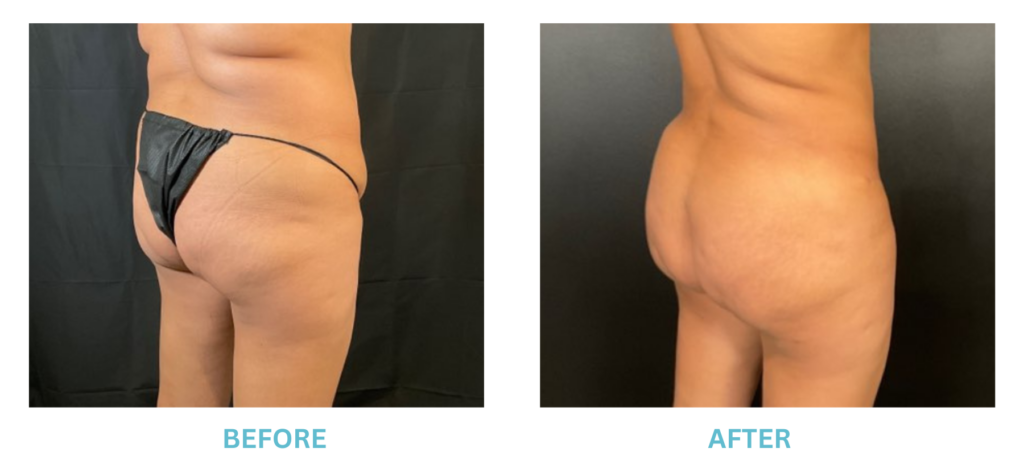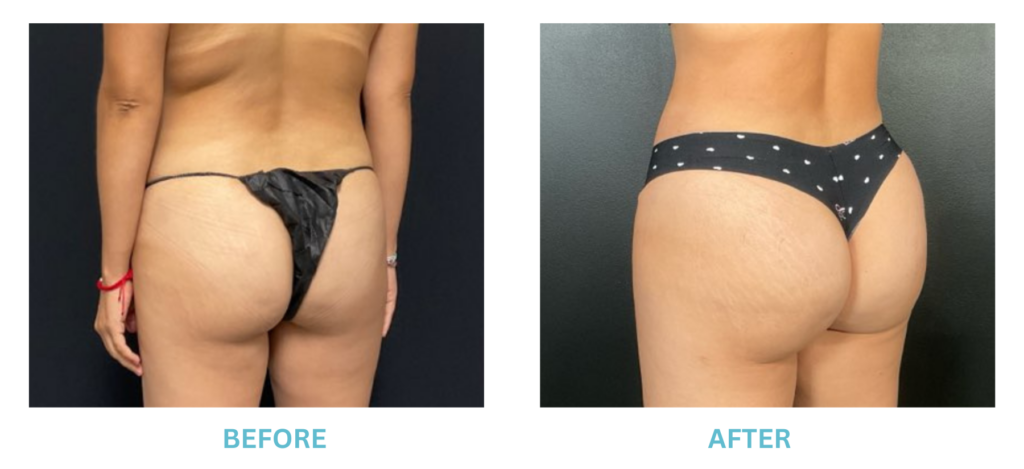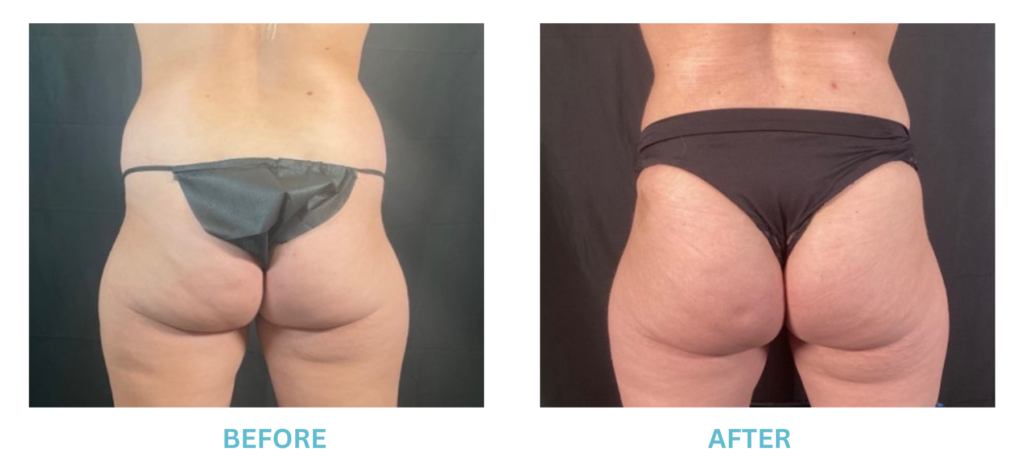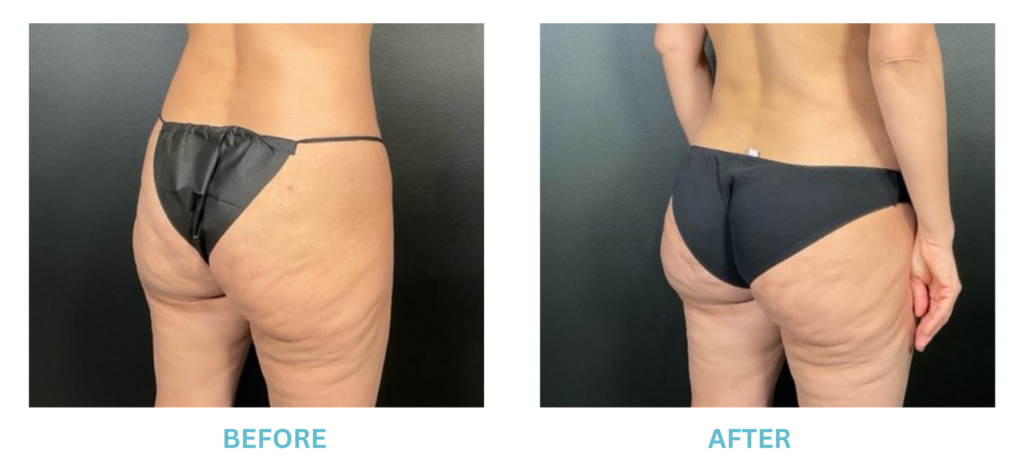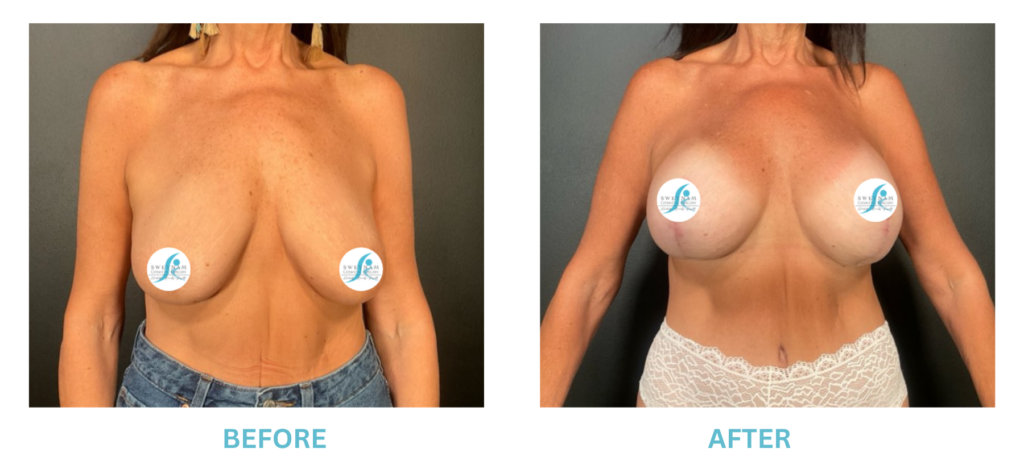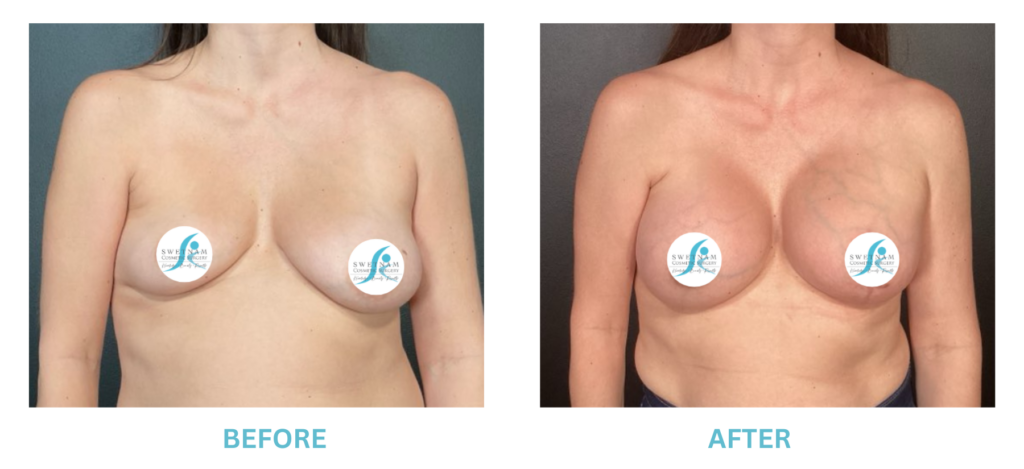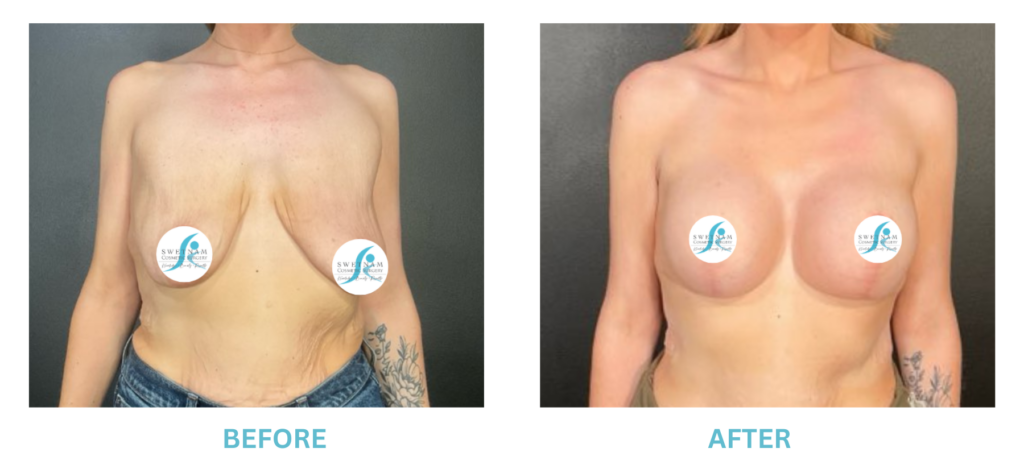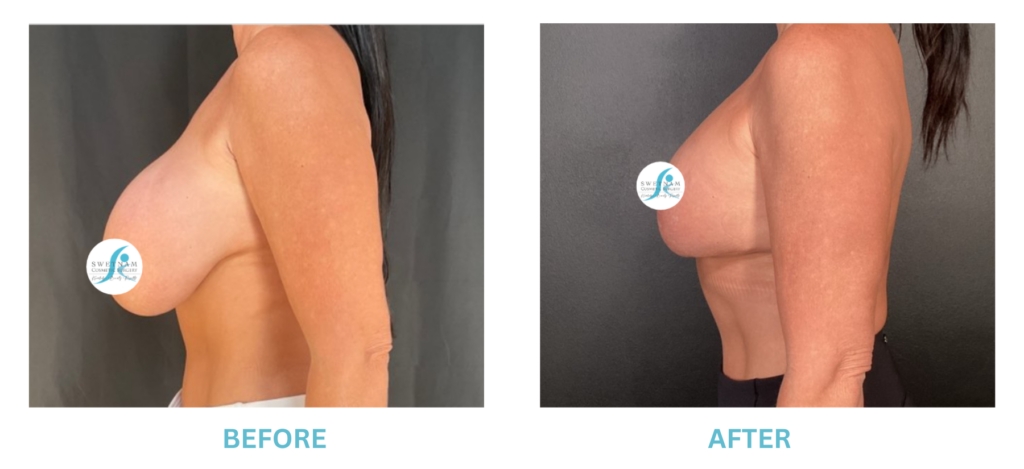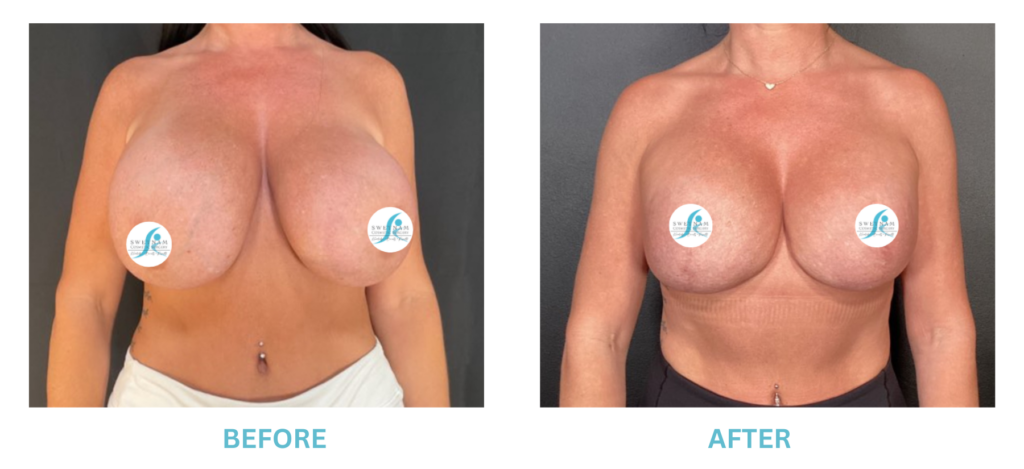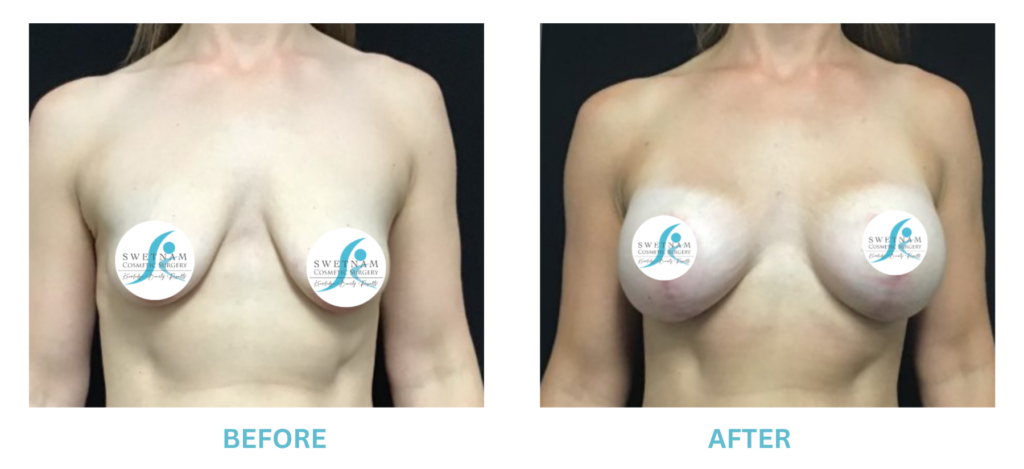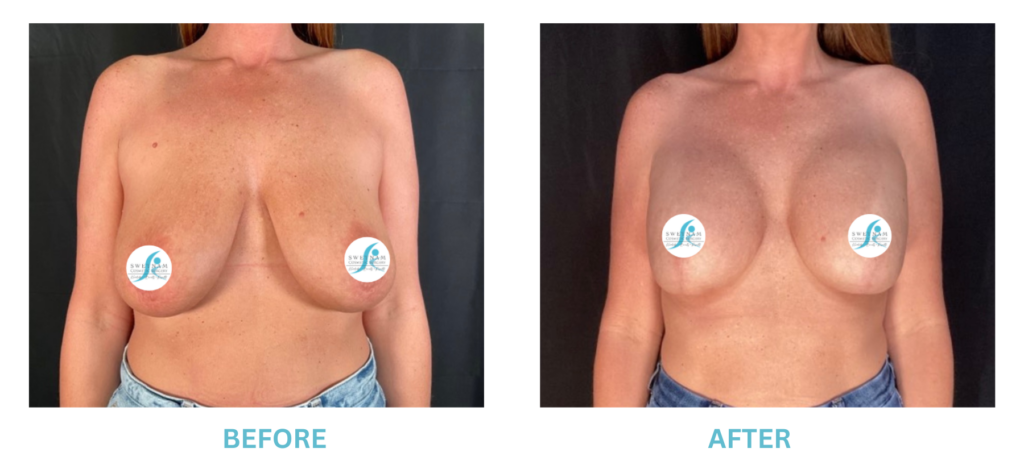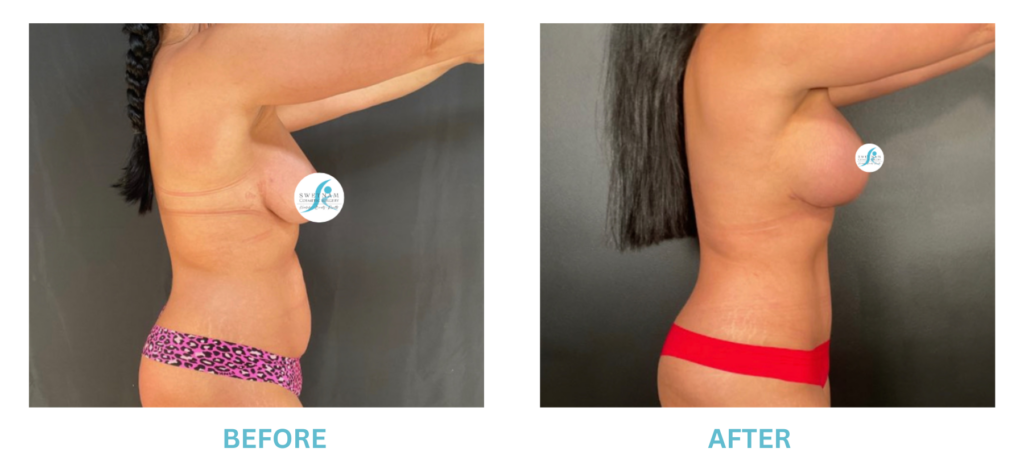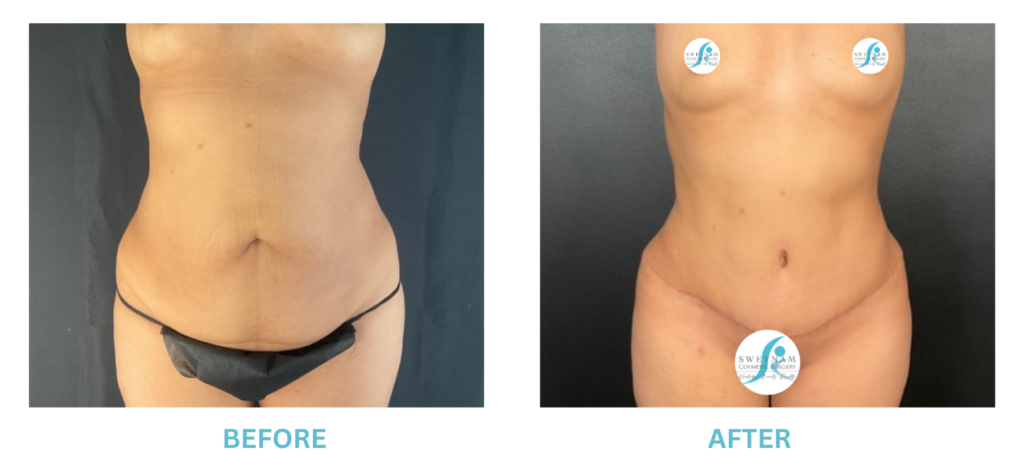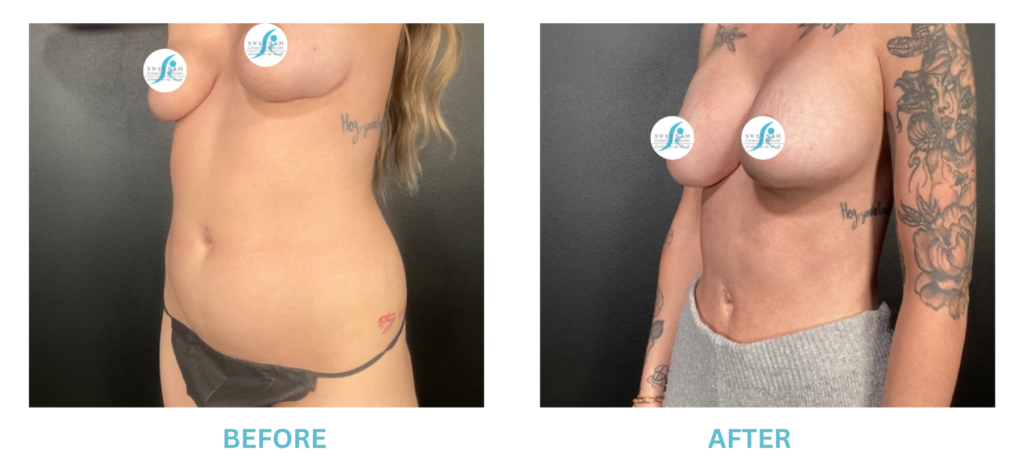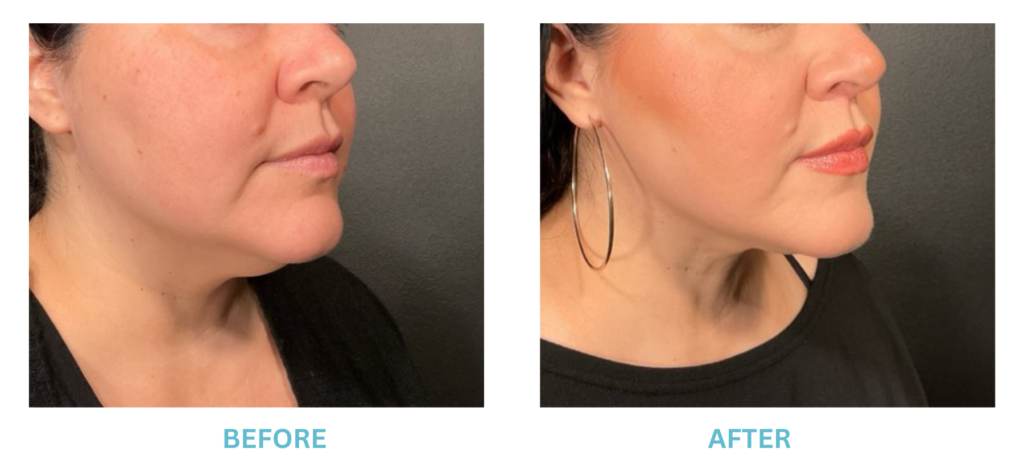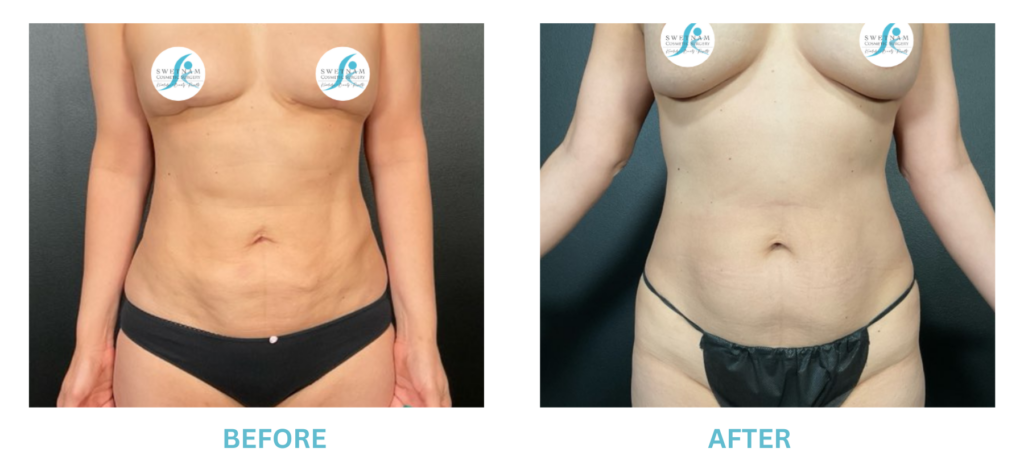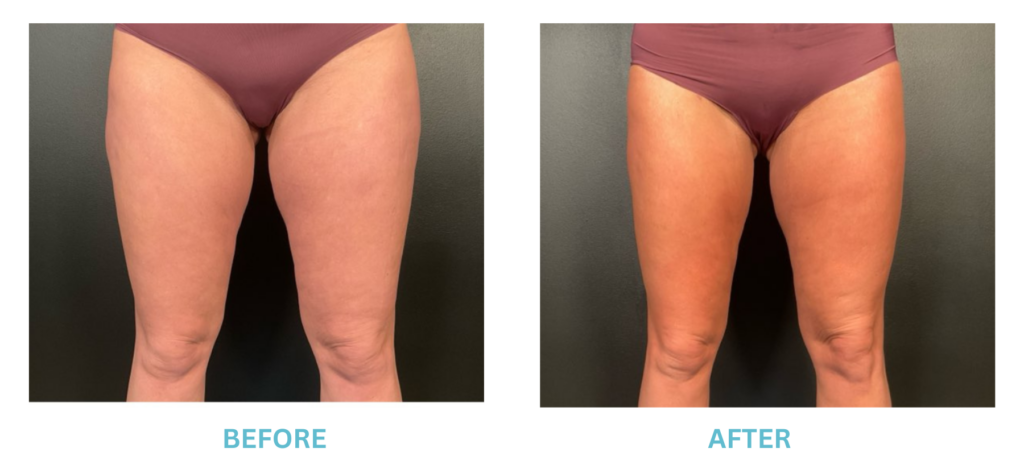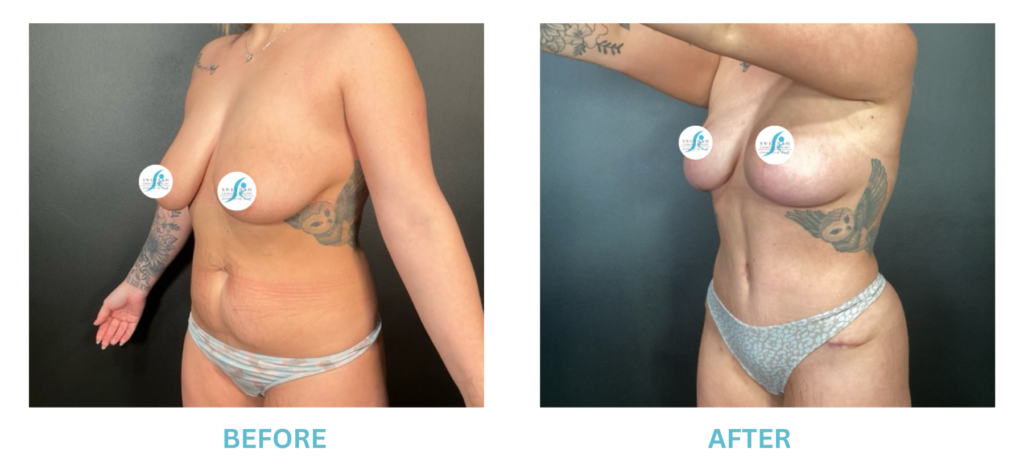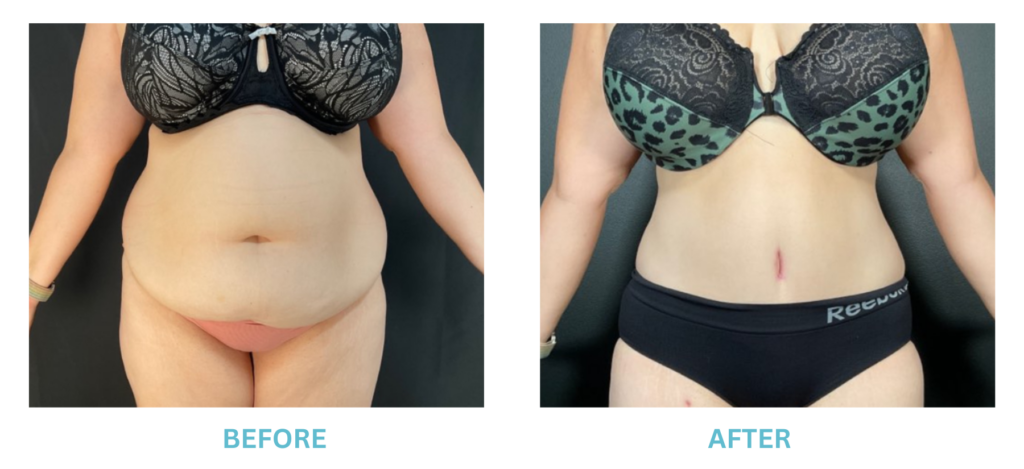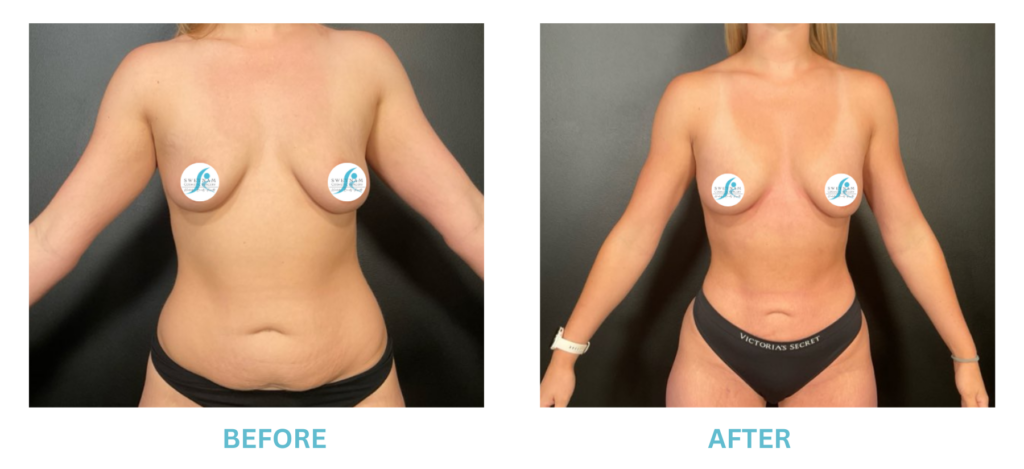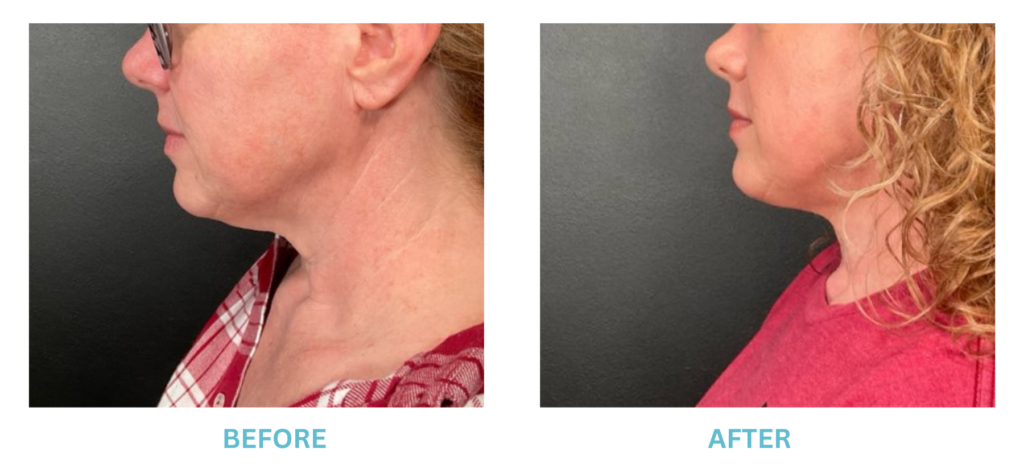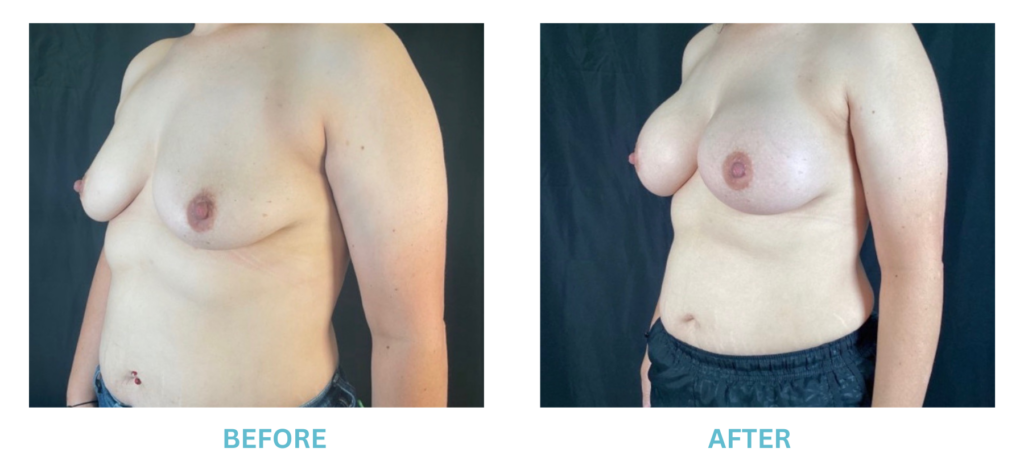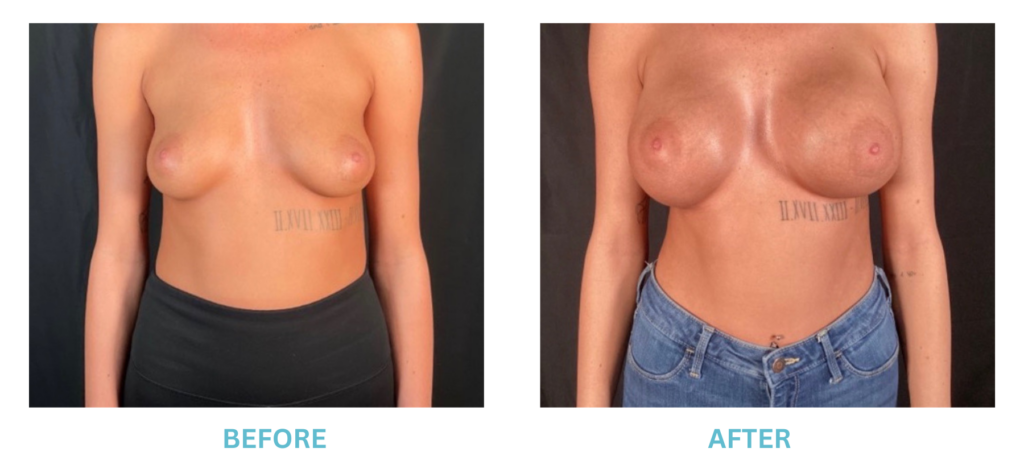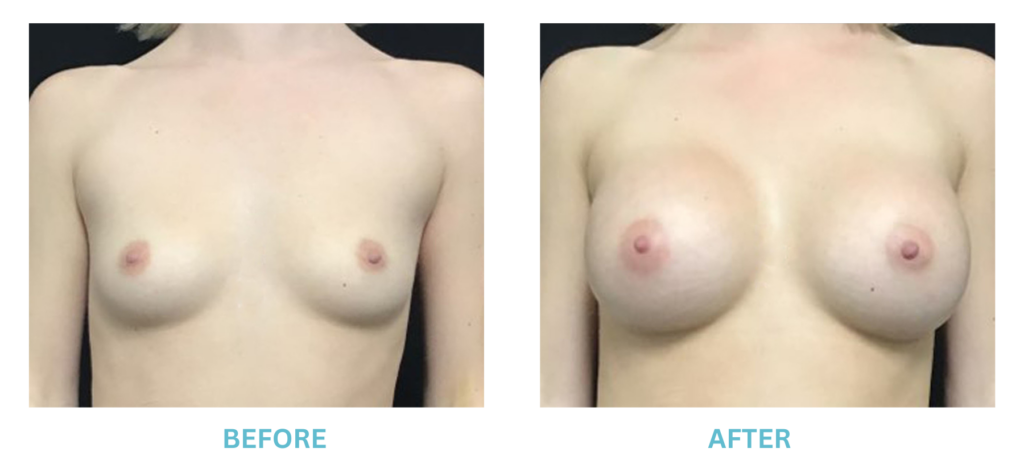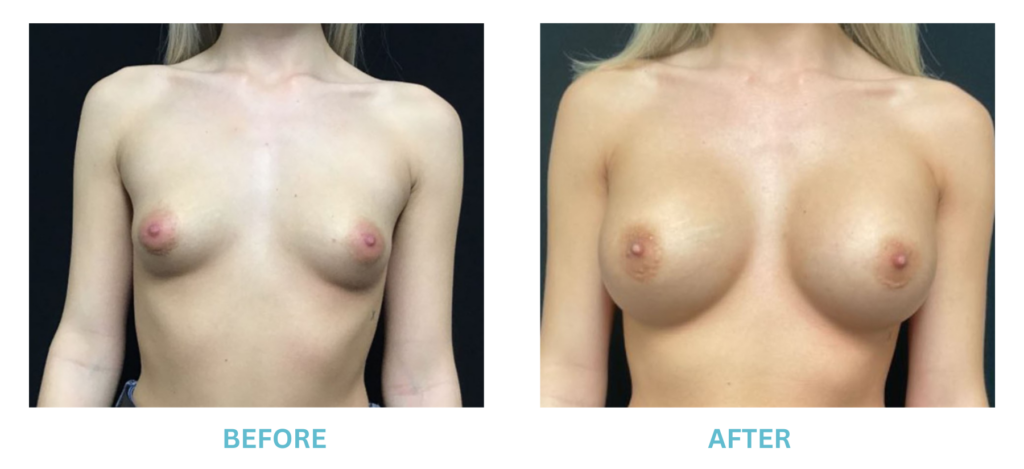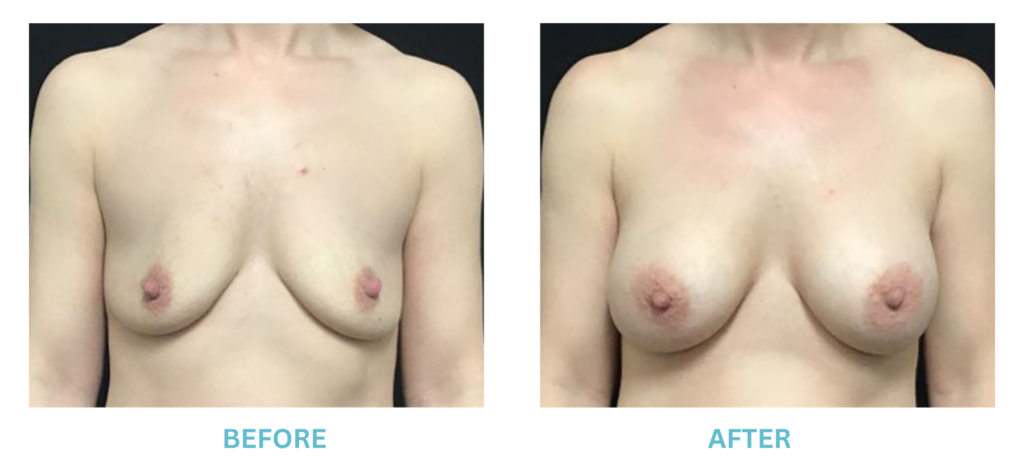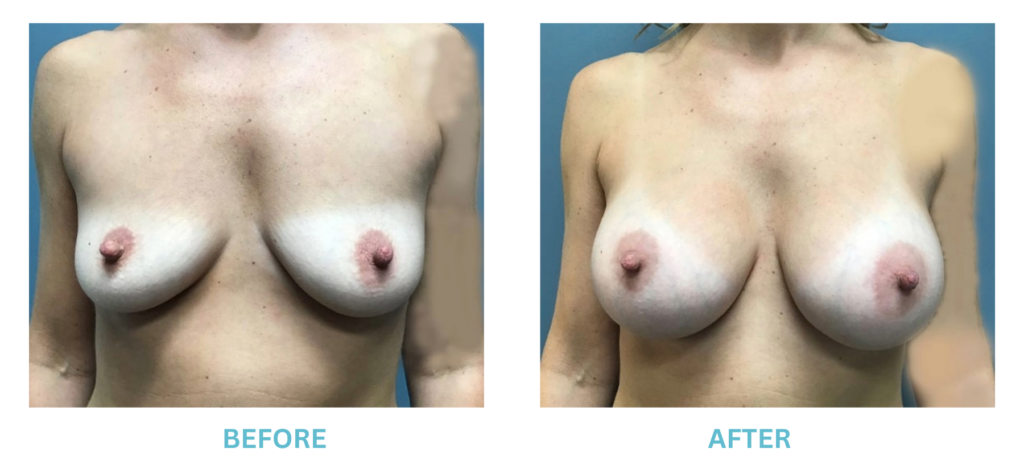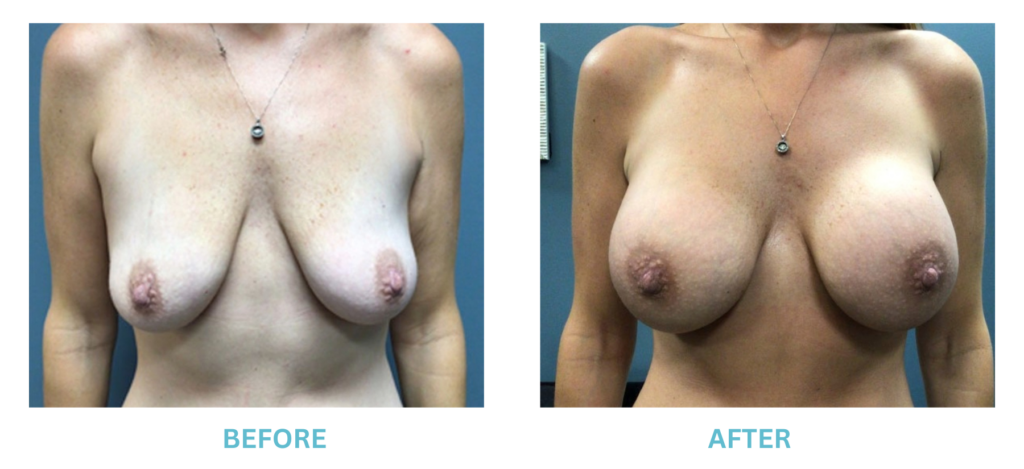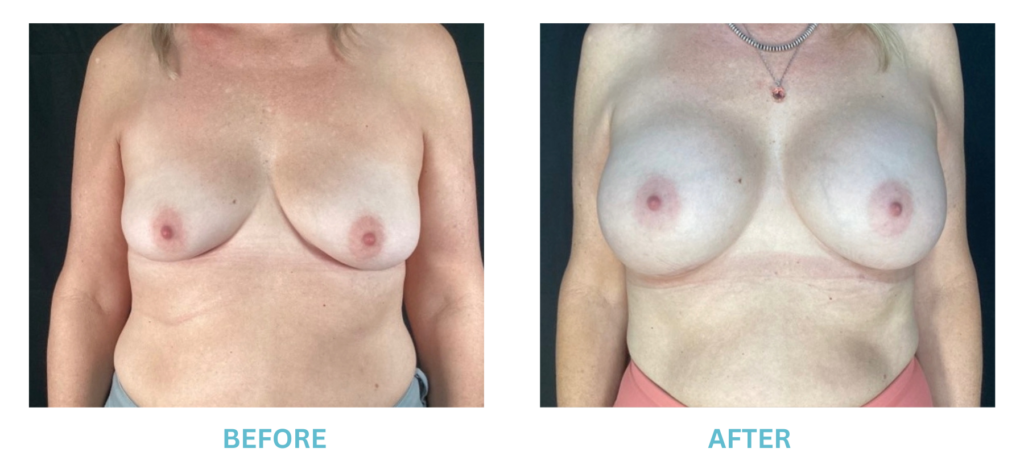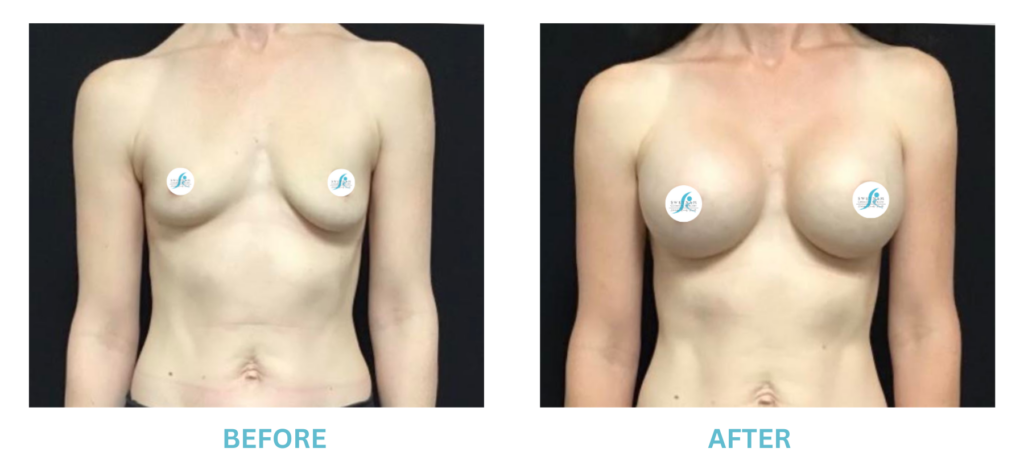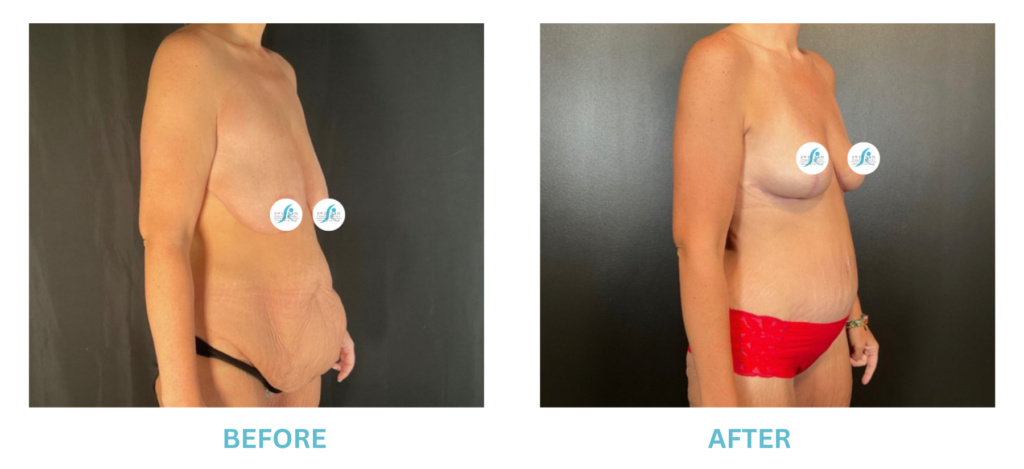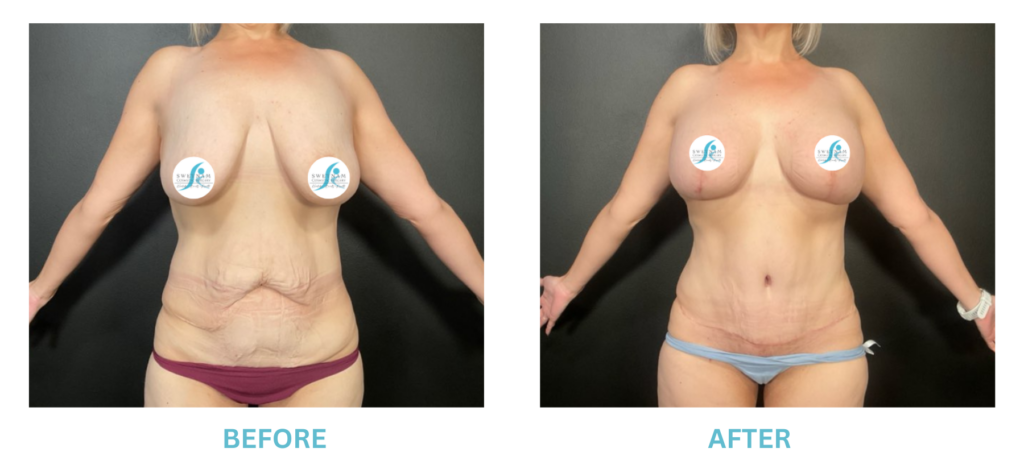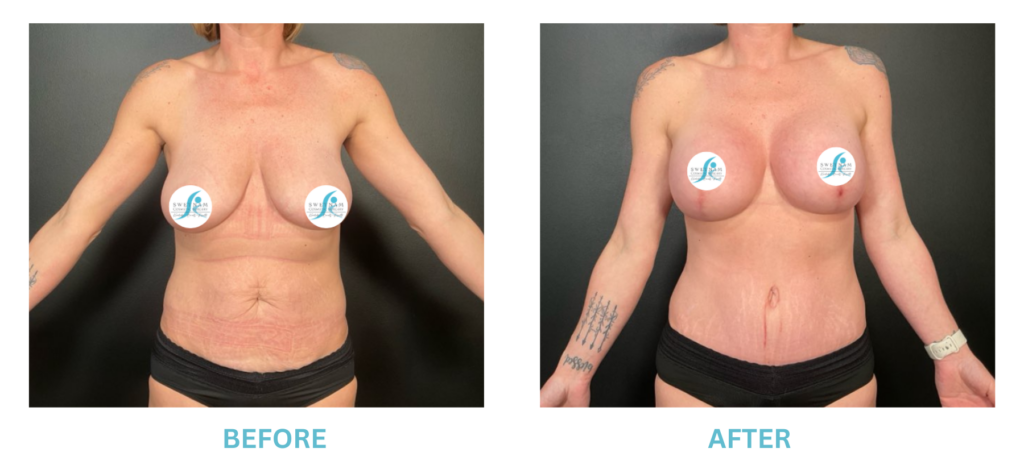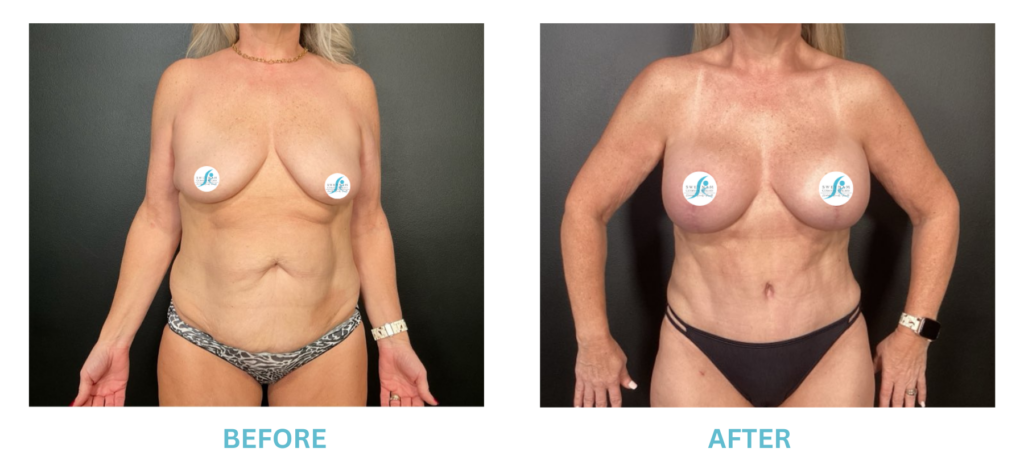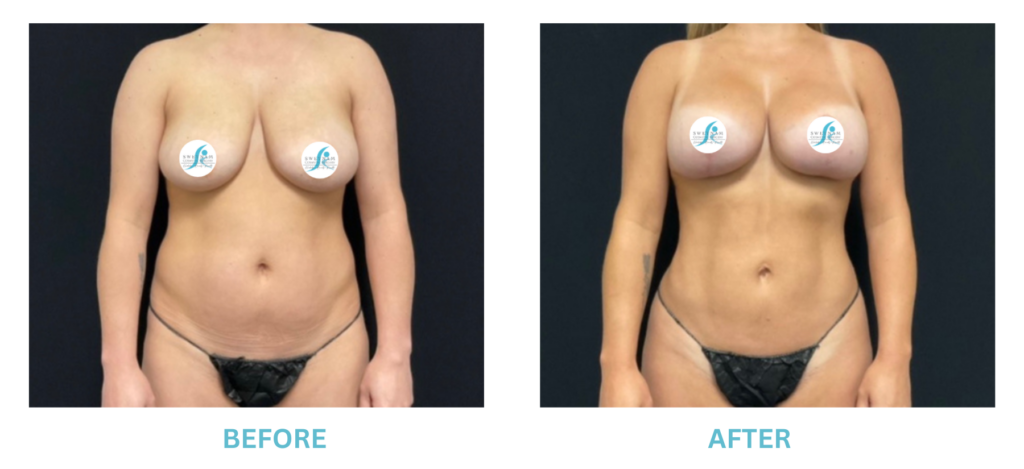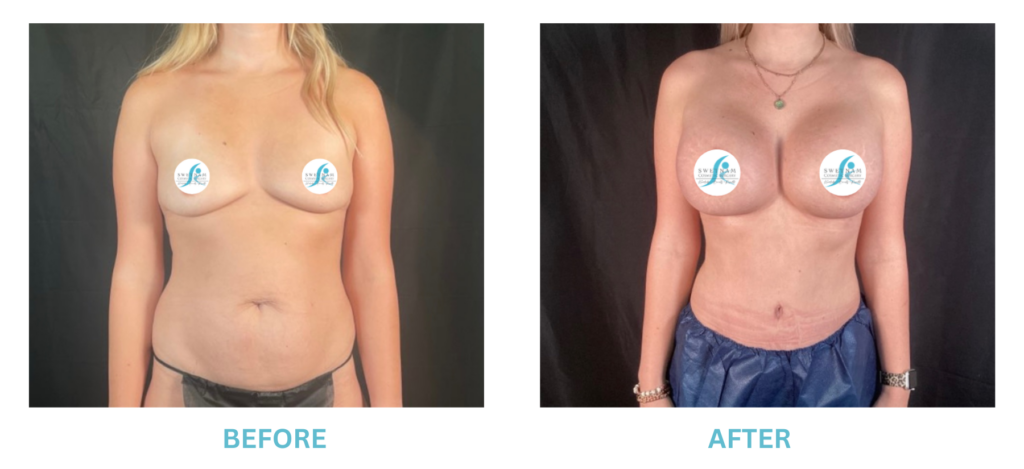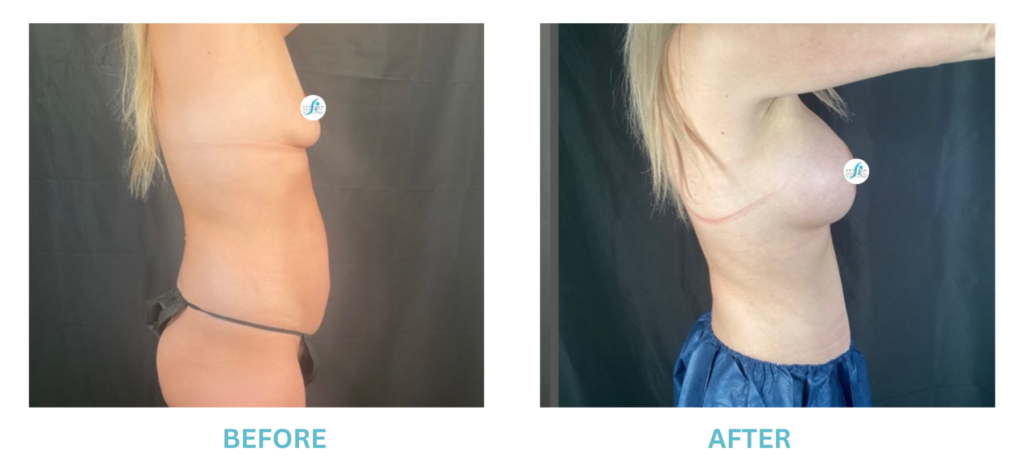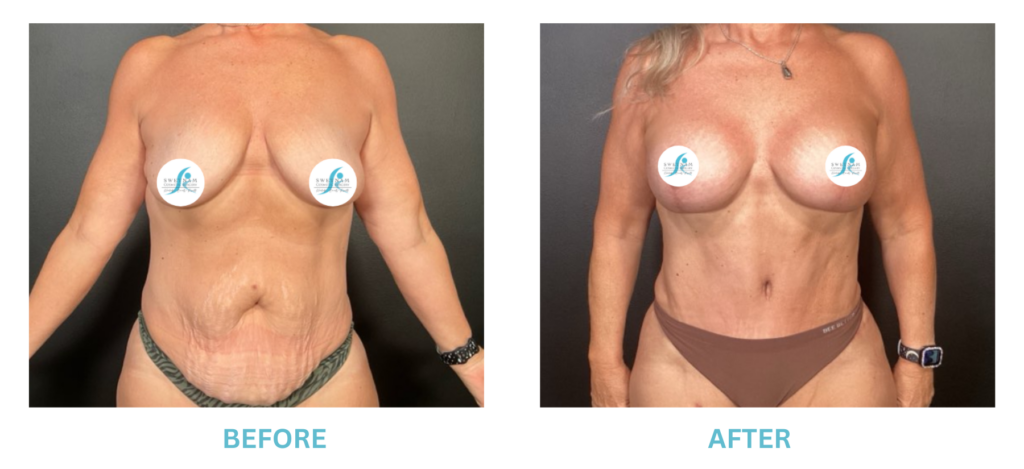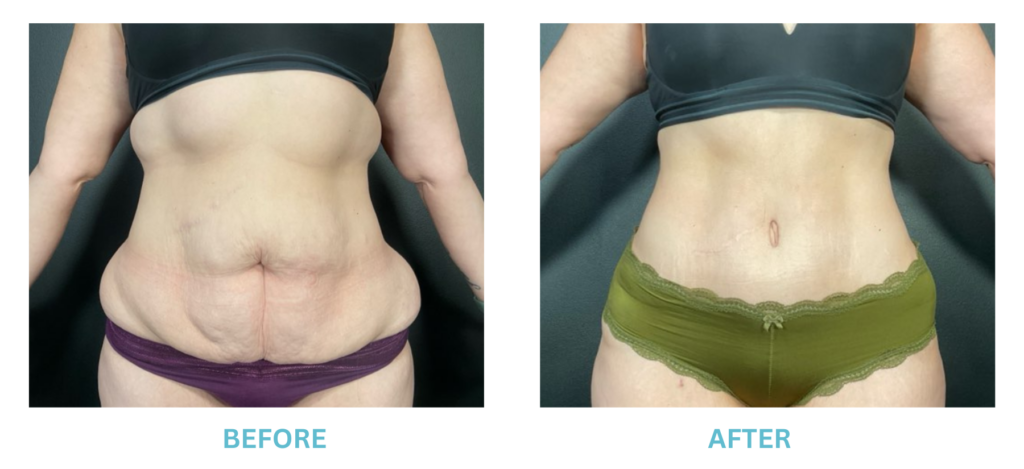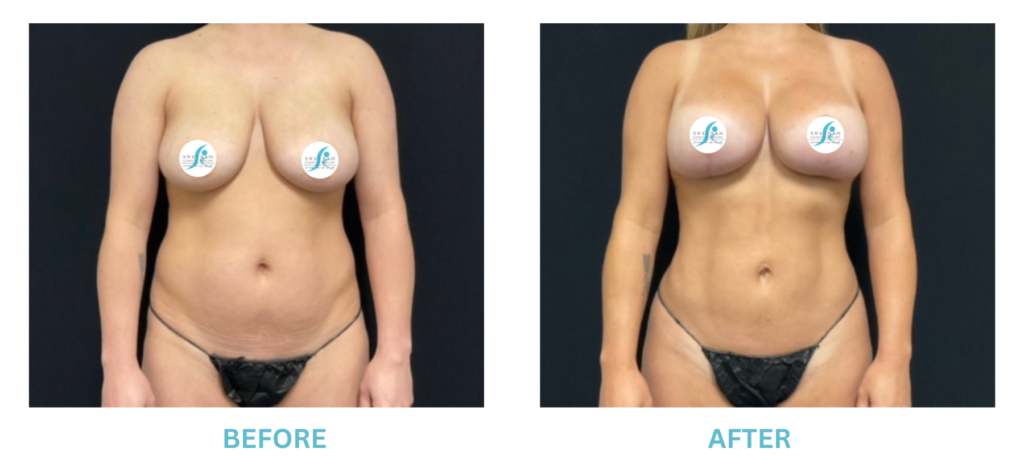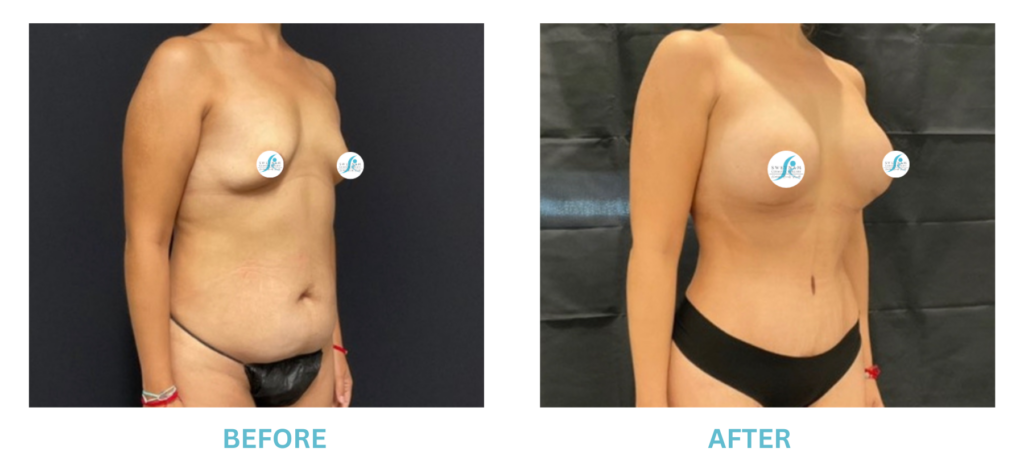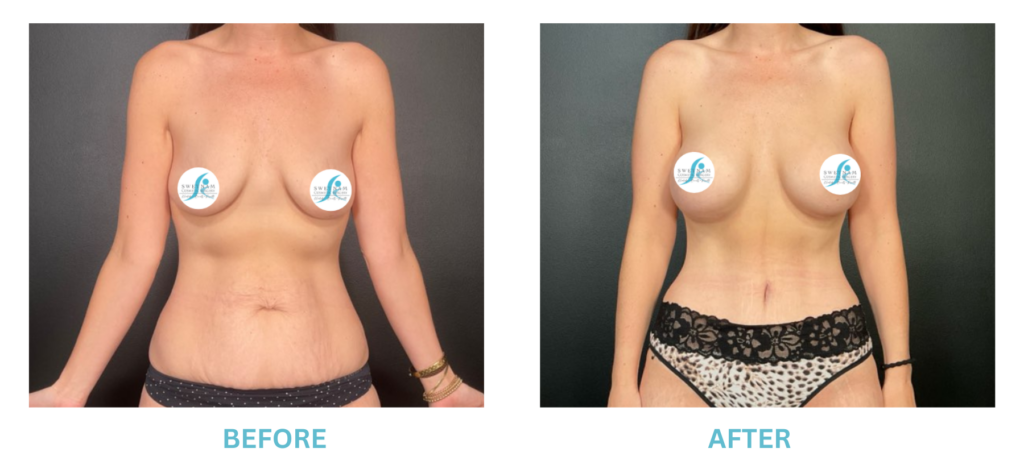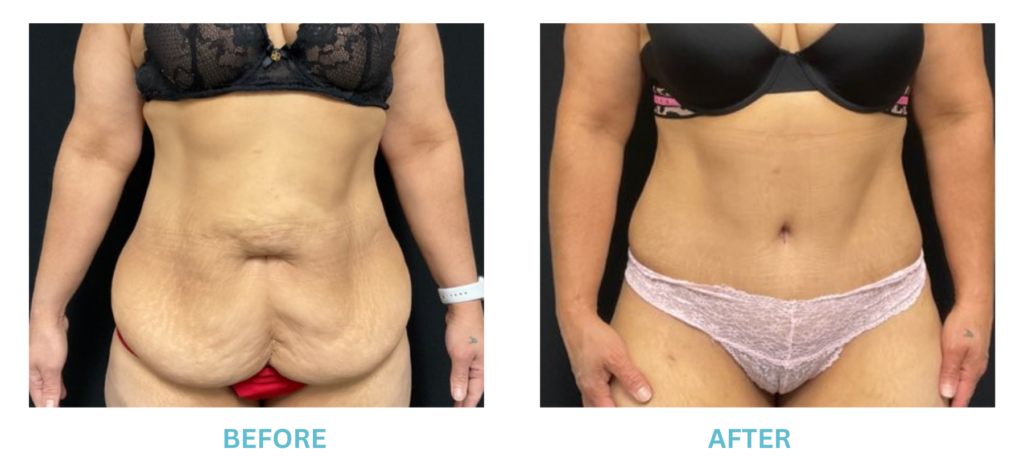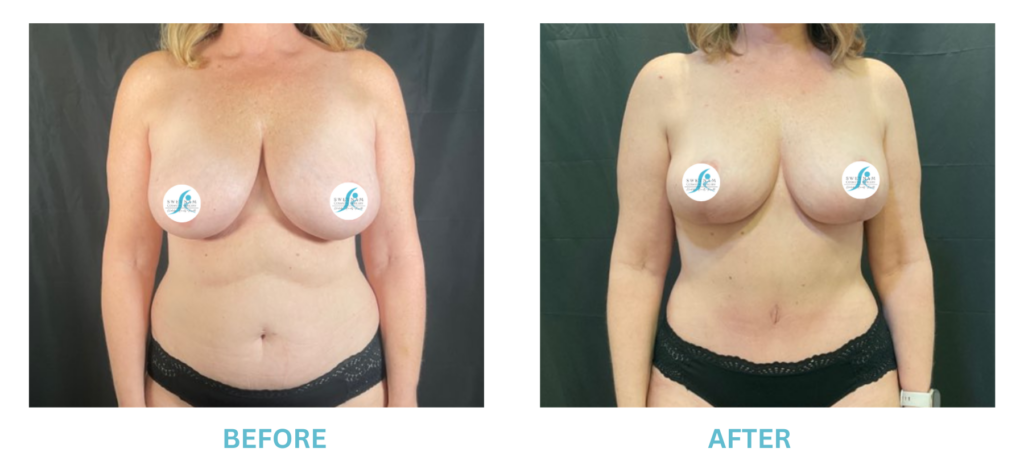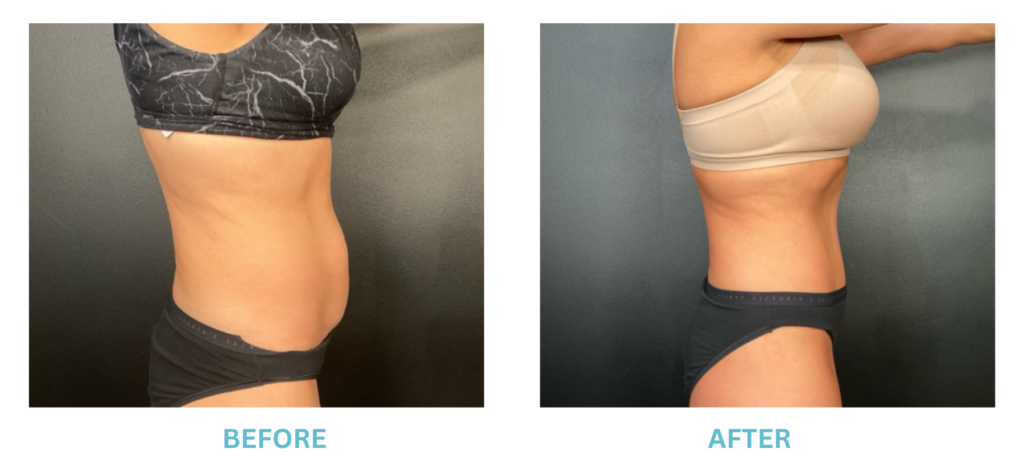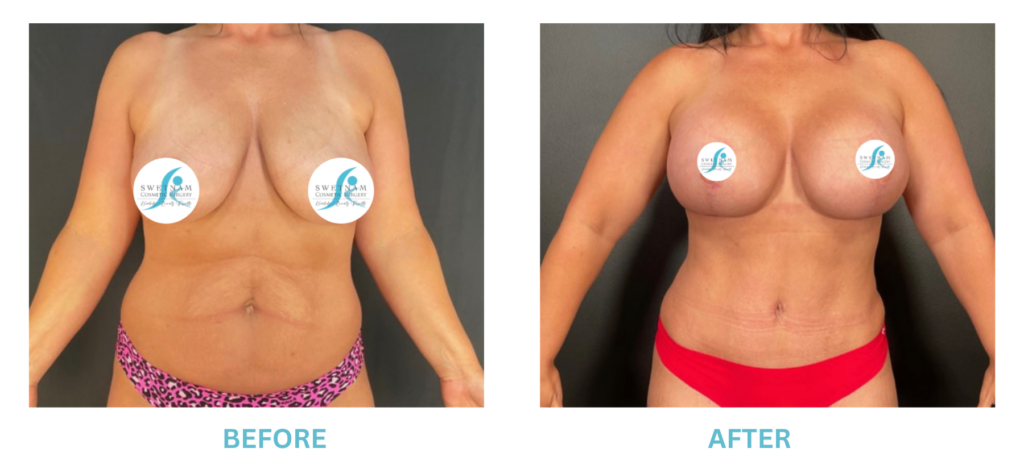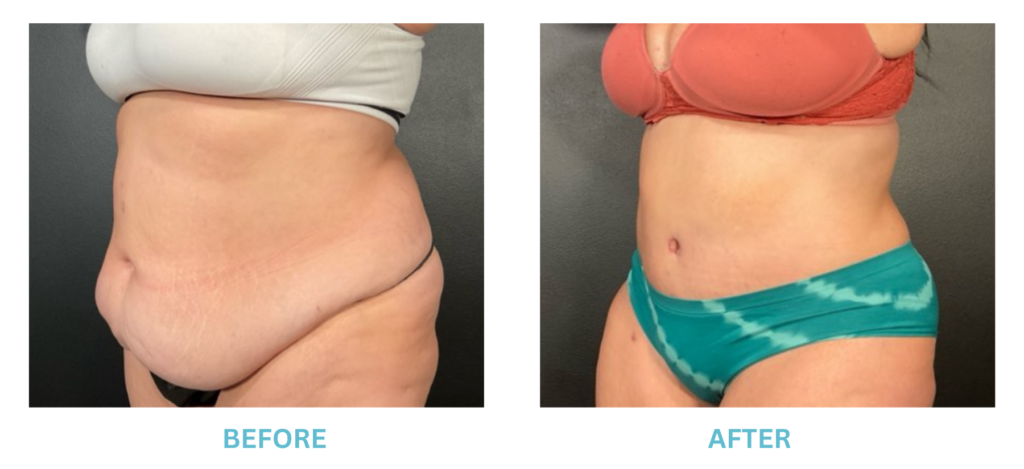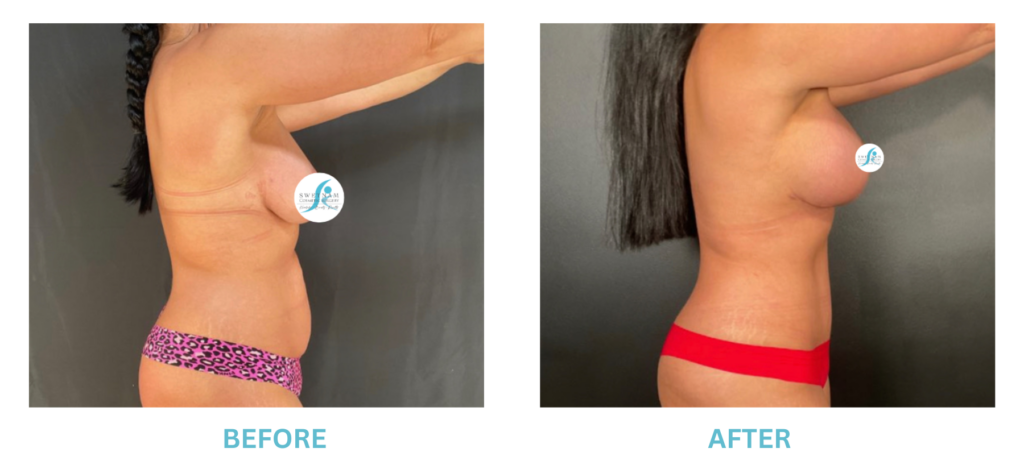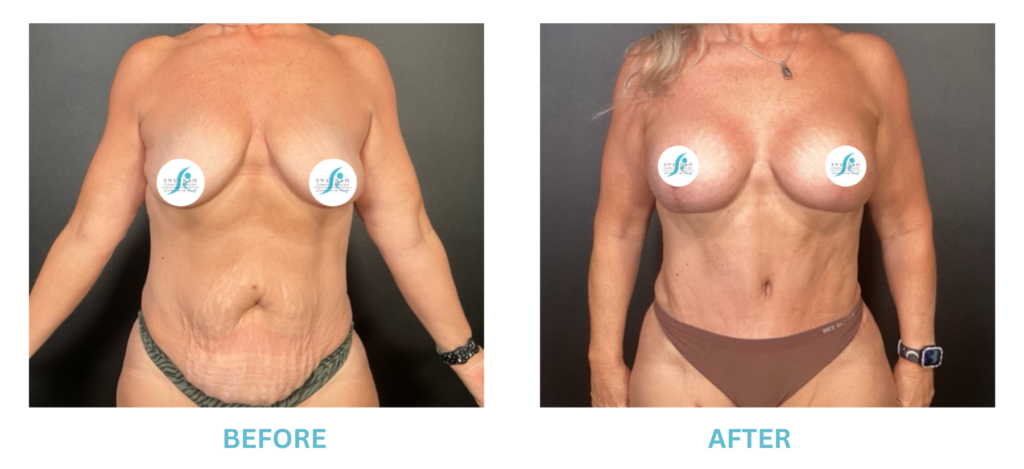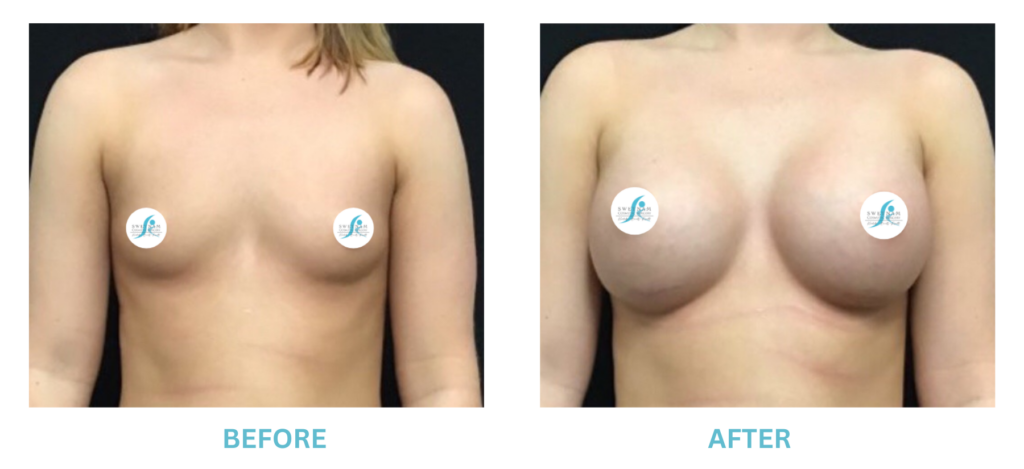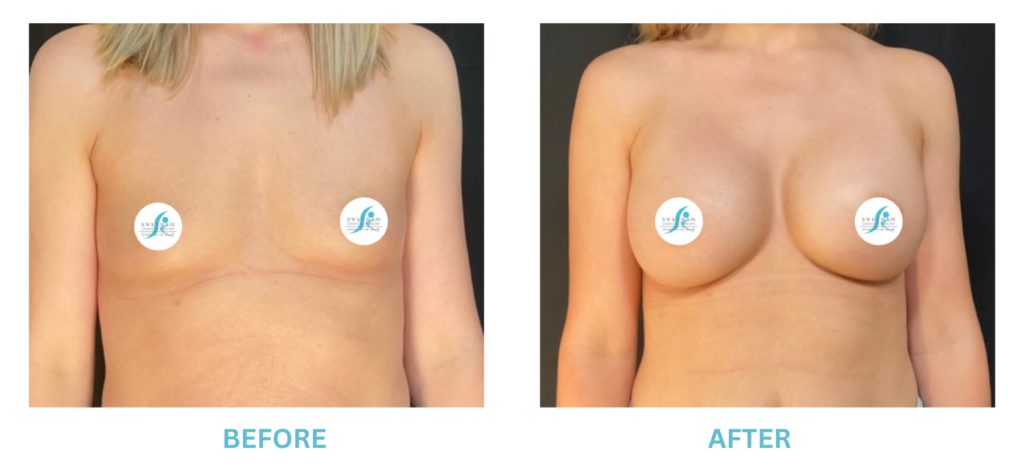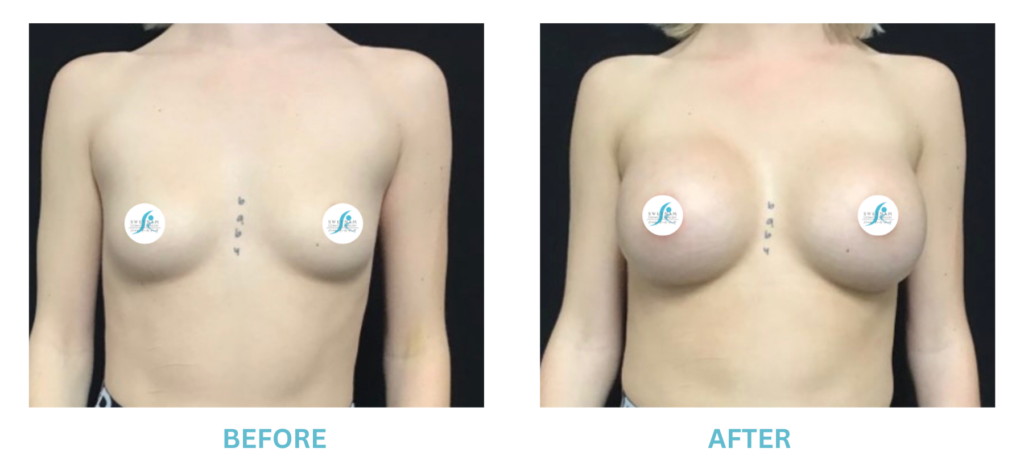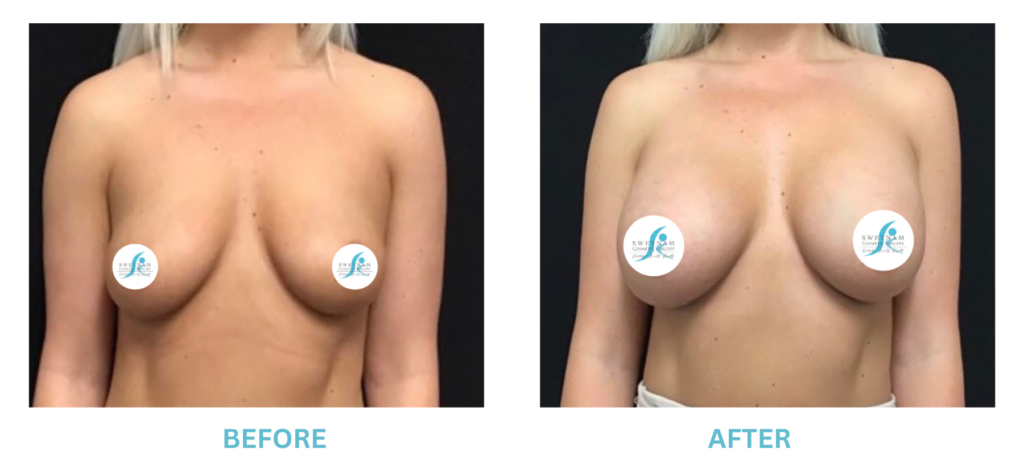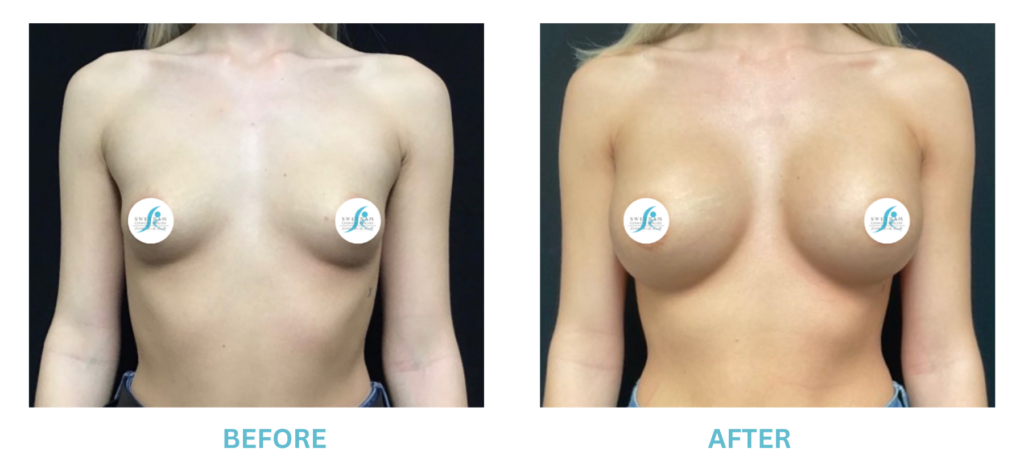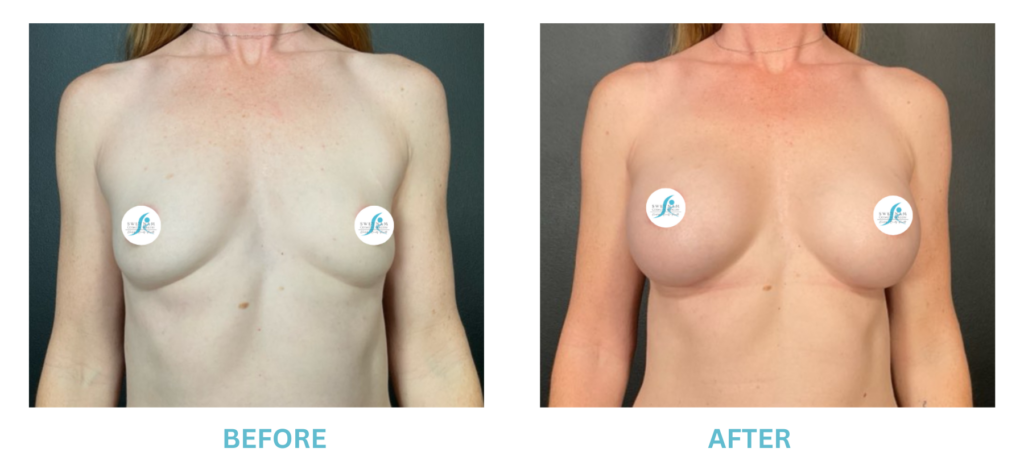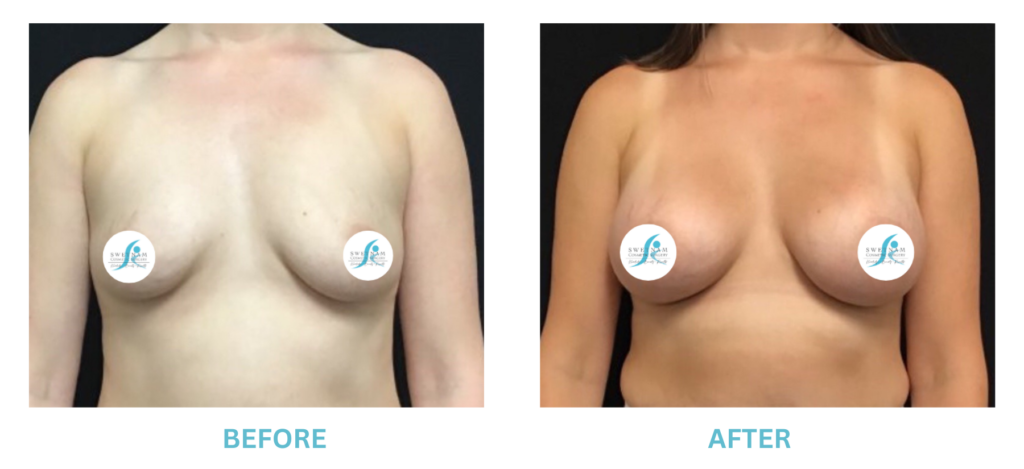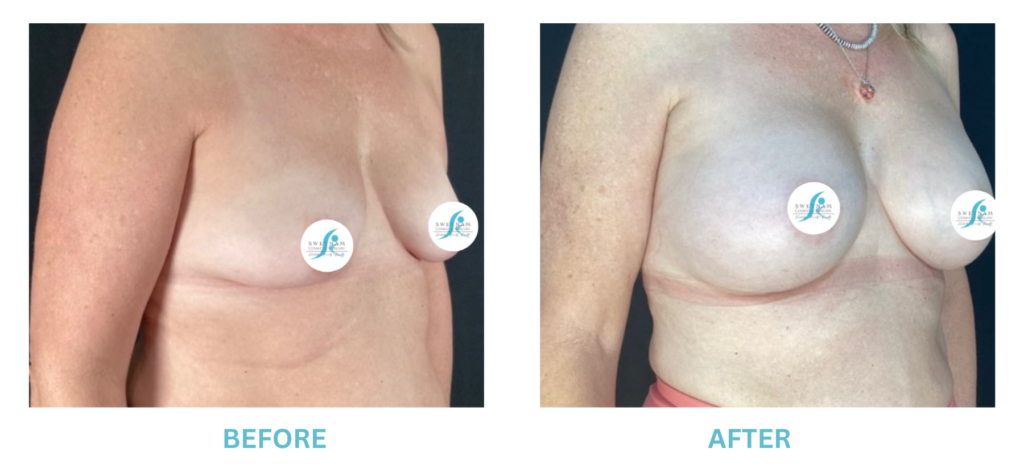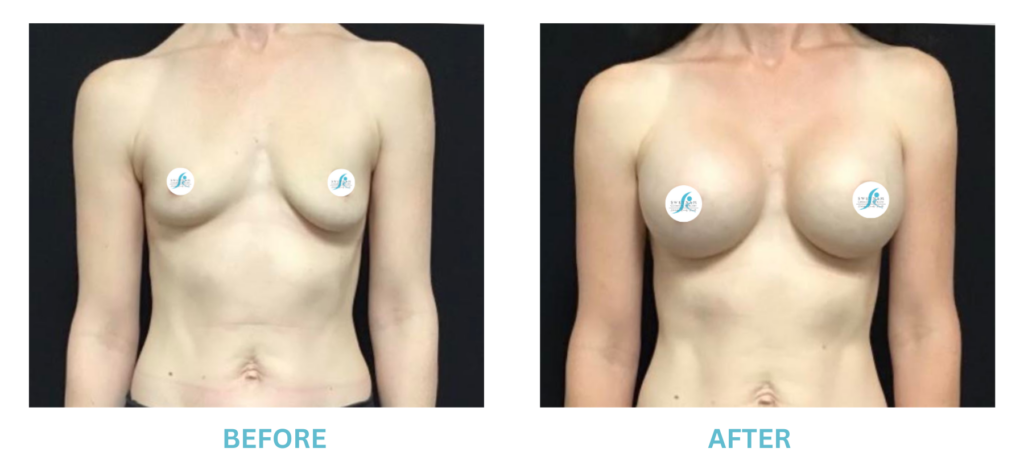Post-PRP Care: Tips for Faster Healing and Better Results
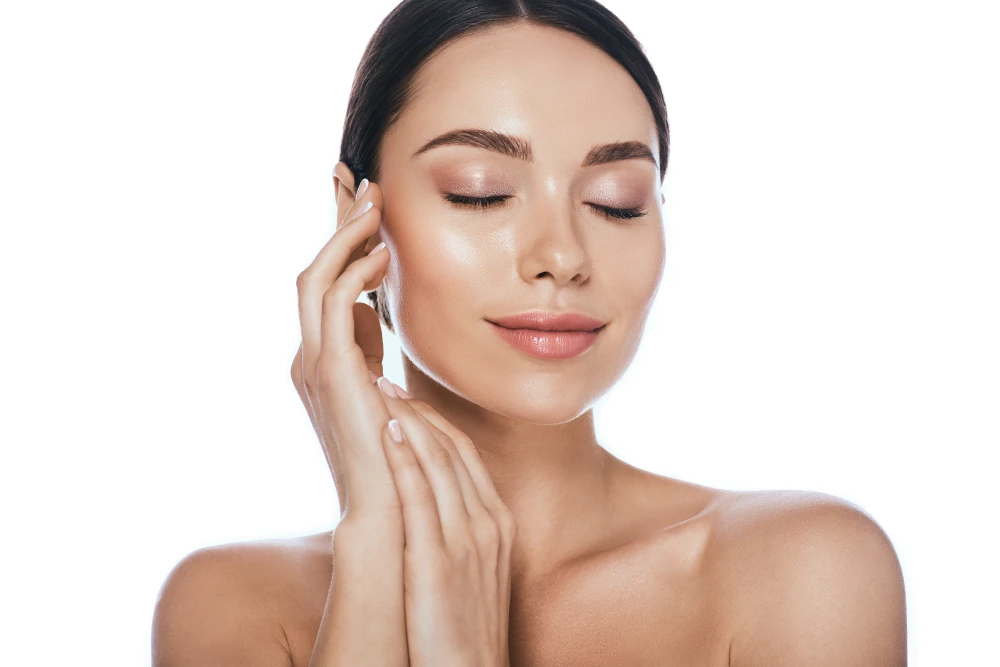
Platelet-rich plasma (PRP) treatments have revolutionized the aesthetic and regenerative medicine landscape, offering natural solutions for skin rejuvenation, hair restoration, and more. While the procedure itself harnesses your body’s healing capabilities, the aftercare plays a pivotal role in determining the quality and longevity of your results.
Understanding and adhering to post-treatment guidelines can significantly enhance the benefits of PRP therapy. This article delves into the essence of PRP, its diverse applications, and, most importantly, the aftercare practices that can accelerate healing and amplify outcomes.
What is PRP?
Platelet-rich plasma (PRP) is a concentration of platelets derived from your own blood. These platelets are rich in growth factors and cytokines, which are essential for tissue repair and regeneration. By isolating and concentrating these components, PRP therapy aims to stimulate healing processes in targeted areas.
The procedure involves drawing a small amount of your blood, processing it in a centrifuge to separate the platelet-rich plasma, and then injecting it into the desired area. Since PRP utilizes your body’s own cells, the risk of allergic reactions or complications is minimal.
Diverse Applications of PRP
PRP therapy’s versatility has led to its adoption across various medical and cosmetic fields:
- Skin Rejuvenation: PRP facials, often termed “vampire facials,” combine microneedling with PRP to enhance skin texture, tone, and elasticity.
- Hair Restoration: PRP injections into the scalp can stimulate hair follicles, promoting hair growth and reducing thinning.
- Joint and Tendon Healing: In orthopedic medicine, PRP is used to treat conditions like osteoarthritis and tendon injuries by promoting tissue repair.
- Post-Surgical Healing: PRP can accelerate healing after surgeries, reducing recovery time and improving outcomes.
- Scar Reduction: By promoting collagen production, PRP can aid in diminishing the appearance of scars, including acne scars.
Essential Aftercare Tips for Optimal PRP Results
Once your PRP treatment is complete, your post-care routine becomes just as important as the procedure itself. Think of it as the blueprint your body needs to follow for collagen-building, skin renewal, and overall cellular restoration.
Below, we break down the elevated aftercare essentials that help turn your PRP session into long-lasting, radiant results:
1. Hydrate Like It’s Your Job
Hydration isn’t just a wellness buzzword—it’s the silent force behind optimal healing. After your PRP treatment, your body begins working overtime to regenerate and repair tissue using the platelets injected.
Drinking plenty of water (think 8 to 10 glasses daily) helps deliver nutrients to your skin and keeps the healing process moving smoothly. Dehydrated skin can slow collagen production and diminish that post-treatment glow.
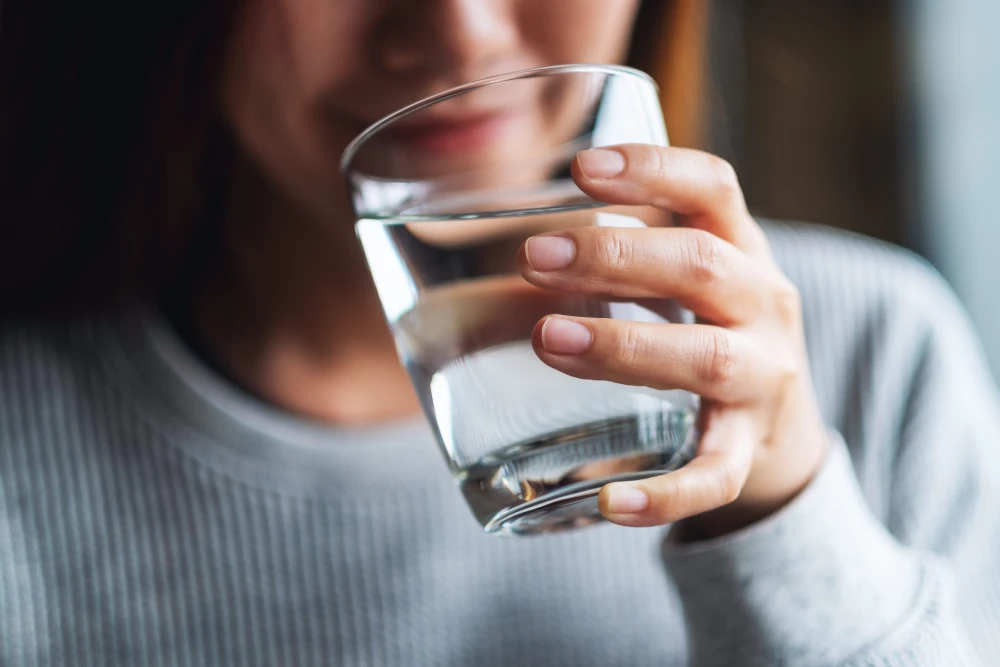
2. Say No to NSAIDs
It may be tempting to reach for ibuprofen or naproxen if you feel a bit sore, but avoid non-steroidal anti-inflammatory drugs (NSAIDs) post-treatment. These medications can interfere with the body’s natural inflammation process—yes, even the minimal swelling that appears post-PRP plays a key role in your rejuvenation. If you experience discomfort, talk to your provider about safer alternatives like acetaminophen.
3. Avoid Direct Sunlight
Your skin will be especially sensitive after PRP, particularly if it was combined with microneedling. Direct UV exposure can cause inflammation, pigmentation changes, and even delay the healing process.
Limit your time outdoors and lean into high-SPF, broad-spectrum sunscreens (SPF 30 or higher). Opt for mineral-based formulas with zinc oxide or titanium dioxide for the most skin-friendly protection.
4. Skip the Sweat (for Now)
While working out is great for your body, it’s not ideal within the first 48 hours after PRP treatment. Increased circulation and sweating can lead to swelling, potential irritation, and even reduce the effectiveness of the PRP. Instead, give your body a chance to rest. Gentle walks are fine—but save the hot yoga and HIIT for later in the week.
5. Be Selective with Skincare
Your daily skincare staples might not be suitable in the hours and days following a PRP session. Avoid active ingredients like retinol, glycolic acid, salicylic acid, or vitamin C for at least 72 hours post-treatment.
These ingredients can be too harsh for your freshly-treated skin and may trigger redness or peeling. Instead, use a gentle, fragrance-free cleanser and apply hydrating serums or creams rich in hyaluronic acid to soothe and support your skin barrier.
6. Pause on Makeup
Give your skin a breather. After a PRP facial or microneedling session, the microchannels created in your skin are still open. Applying makeup too soon can trap bacteria and debris, leading to breakouts or irritation. Aim to go makeup-free for 24 to 48 hours post-treatment. Think of it as an excuse to embrace your natural beauty and let your skin breathe.
7. Nourish From Within
This is where lifestyle meets luxury. Fueling your body with nutrient-dense foods after PRP will supercharge your results. Lean on a diet filled with antioxidant-rich fruits, omega-3 fatty acids, leafy greens, and lean protein.
Vitamins C and E are especially helpful in supporting collagen production and skin repair. And of course—limit processed foods, sugar, and alcohol to keep inflammation at bay.
8. Skip Alcohol and Smoking
Alcohol and nicotine both impair blood circulation and can slow healing dramatically. For the best results, avoid alcohol for at least 48 to 72 hours post-treatment. If you smoke, consider this your sign to cut back or quit—the vasoconstrictive effects of nicotine can counteract the regenerative magic of PRP. Think of this time as a reset for both your skin and your overall wellness.
9. Elevate While You Sleep
Slight swelling or puffiness is normal after PRP, especially in areas like under the eyes or along the jawline. Sleeping with your head slightly elevated on an extra pillow can help minimize this. Avoid lying on your face to prevent pressure on treated areas. Silk pillowcases are also a chic, skin-loving bonus—they reduce friction and support skin recovery overnight.
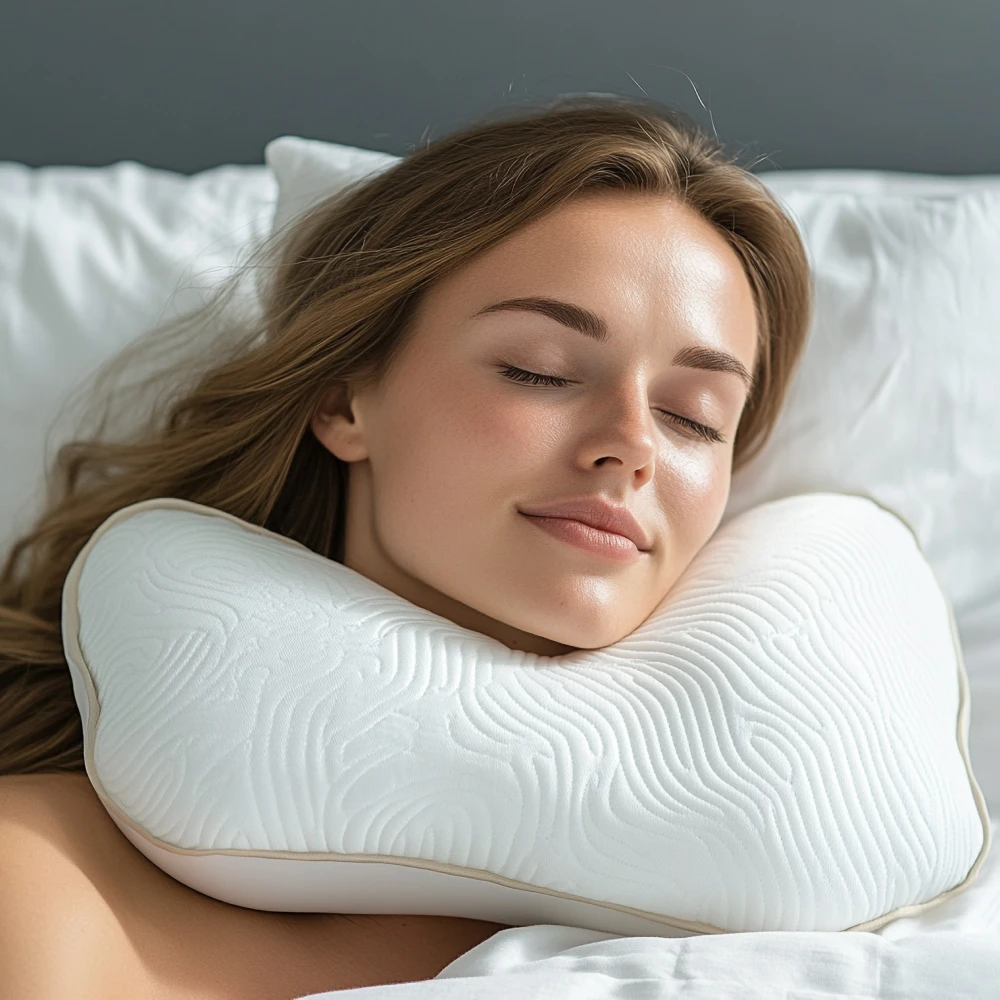
10. Stick to the Schedule
Depending on your goals—whether it’s skin rejuvenation, scar reduction, or hair regrowth—PRP is often recommended as a series of treatments. Most patients begin with 3 sessions spaced 4 to 6 weeks apart, followed by maintenance every 6 to 12 months. Adhering to this timeline allows results to build and remain consistent, giving your collagen the boost it needs over time.
11. Avoid Harsh Treatments (Temporarily)
Laser sessions, chemical peels, waxing, and other aggressive aesthetic treatments should be avoided for at least two weeks after PRP. Your skin needs time to recover and rebuild collagen naturally. If you’re unsure whether another treatment fits your PRP recovery timeline, consult your provider before scheduling anything new.
12. Trust the Process
PRP is not instant—but it is powerful. Full results from a treatment can take several weeks to appear, especially for procedures like hair restoration or skin rejuvenation. Don’t be discouraged if you don’t see dramatic changes right away. Patience pays off—your glow-up is building under the surface.
Enjoy Excellence with Swetnam Cosmetic Surgery
At Swetnam Cosmetic Surgery in Northwest, AR, we are dedicated to providing top-tier PRP treatments tailored to your unique needs. Our team of professionals ensures that you receive comprehensive care, from the initial consultation through post-treatment follow-ups.Embrace the transformative potential of PRP therapy and achieve radiant, rejuvenated skin and hair. Schedule your consultation today and embark on a journey to enhanced confidence and well-being.





